Death Valley, Alabama Hills, and Trona Pinnacles (February, 2020)
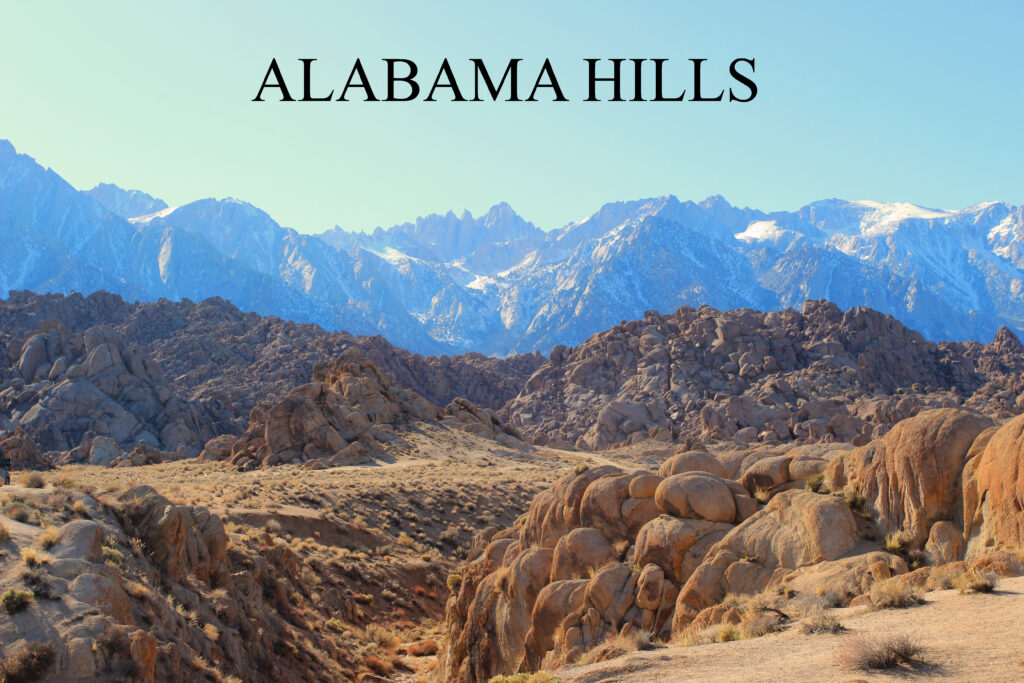
The Alabama Hills, with Mt. Whitney ever in the background, were the setting for many movies and westerns.
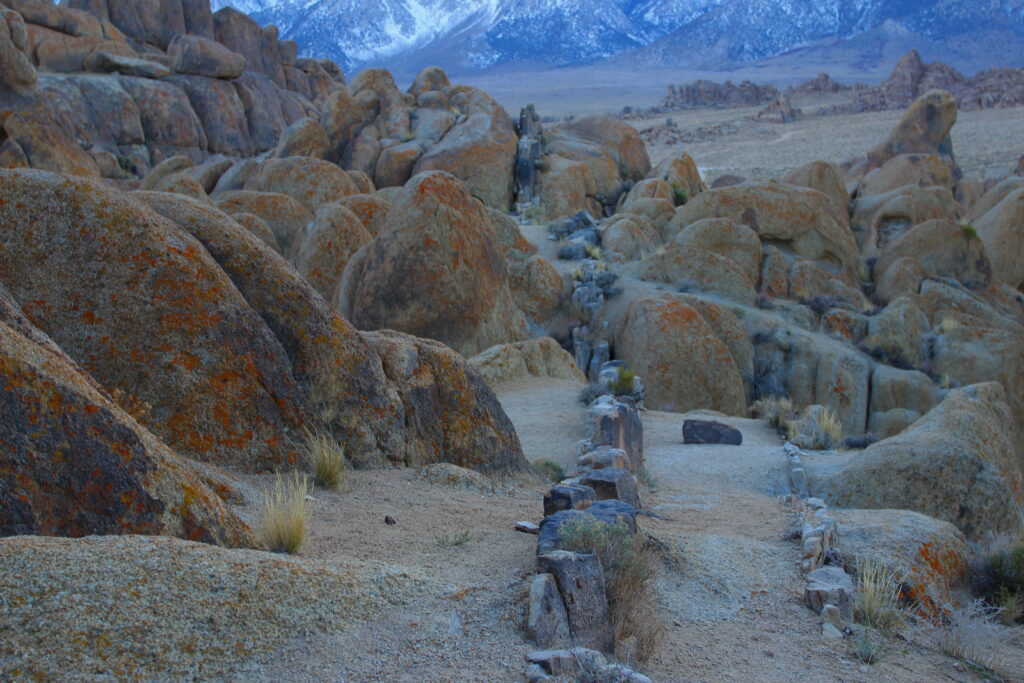
They are known for their rounded brown rocks, rough granite, and uplifted rock walls.
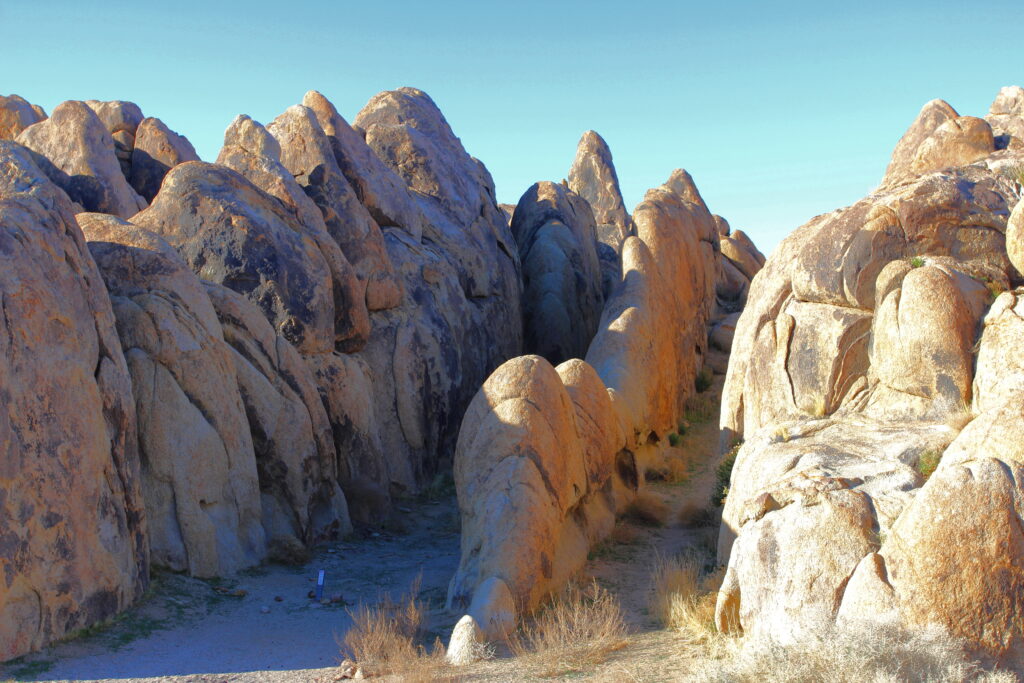
The formations are a combination of uplifting, earthquakes, and erosion.
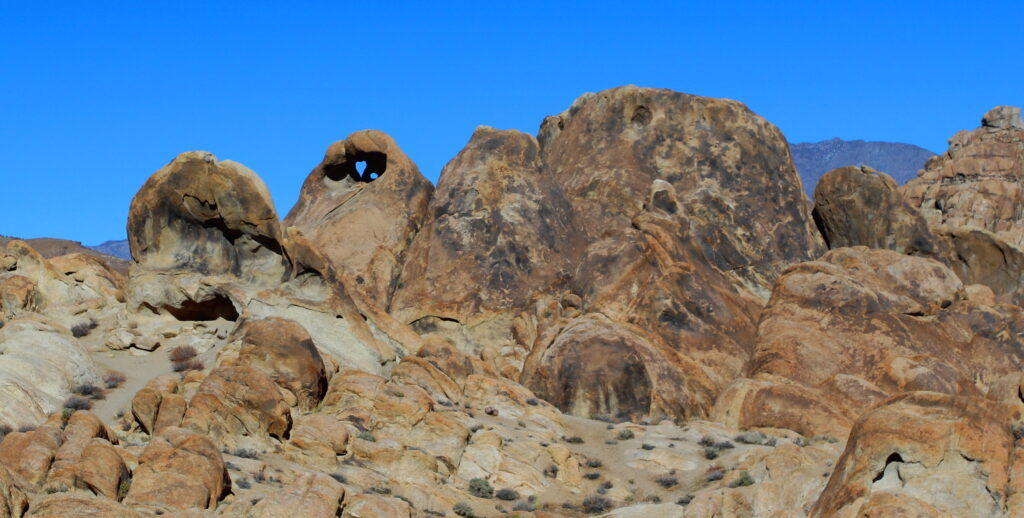
Natural rock arches abound. This is heart arch.
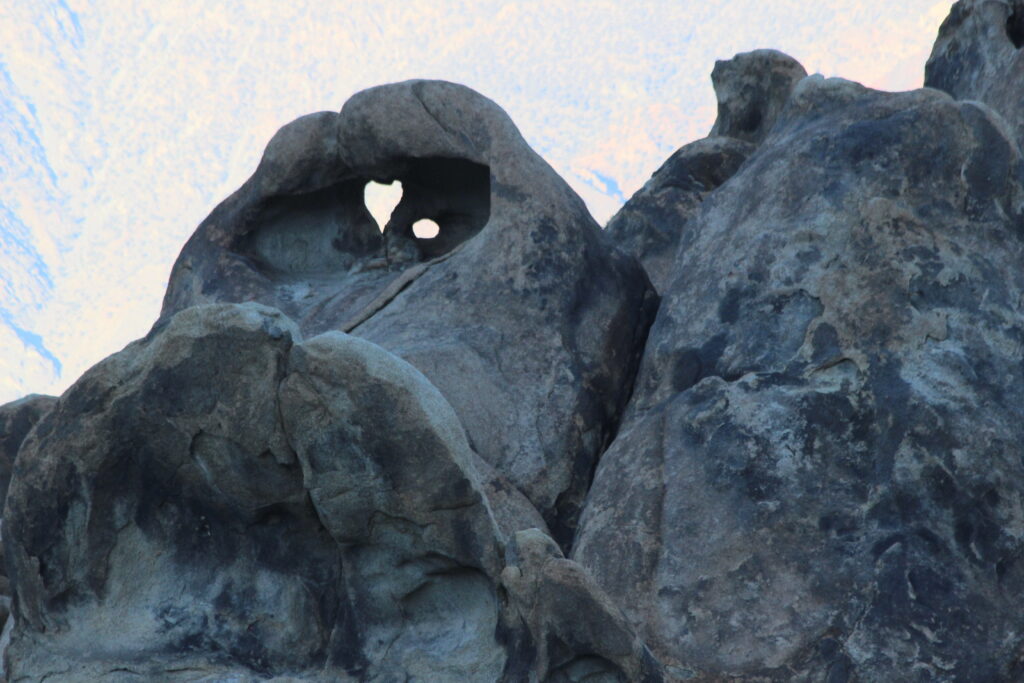
Heart arch in the late afternoon instead of morning.
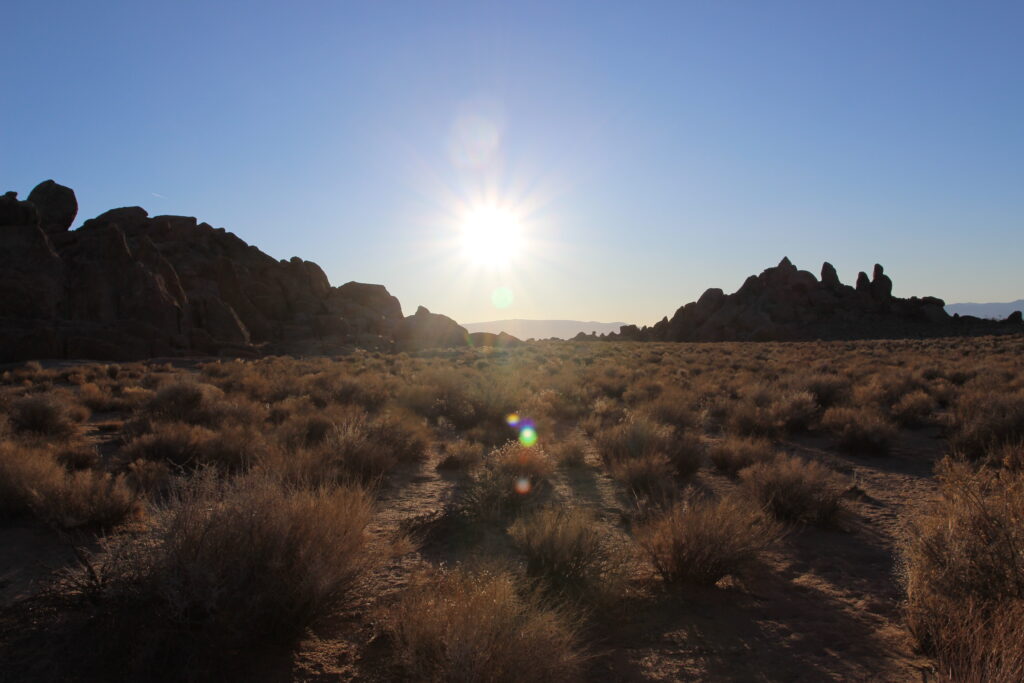
Out for a morning stroll
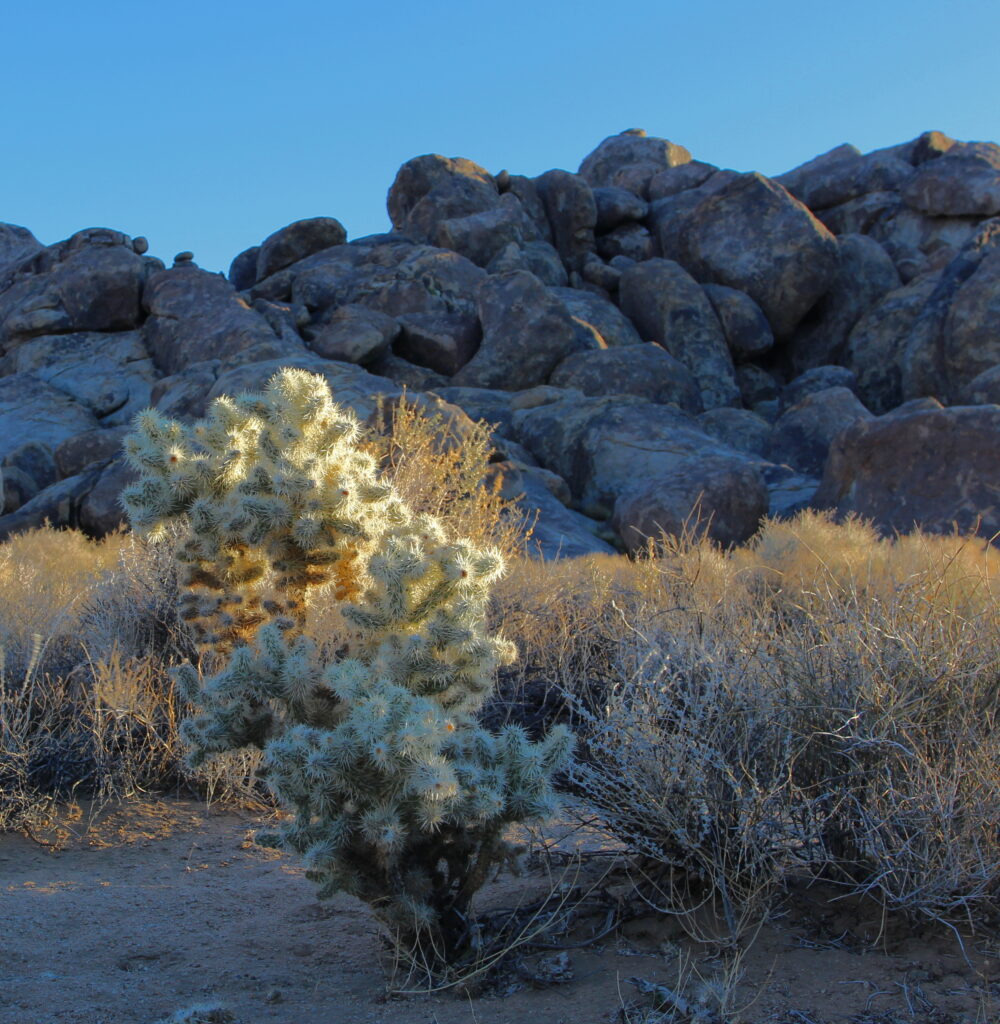
Cholla and rocks in the morning sun
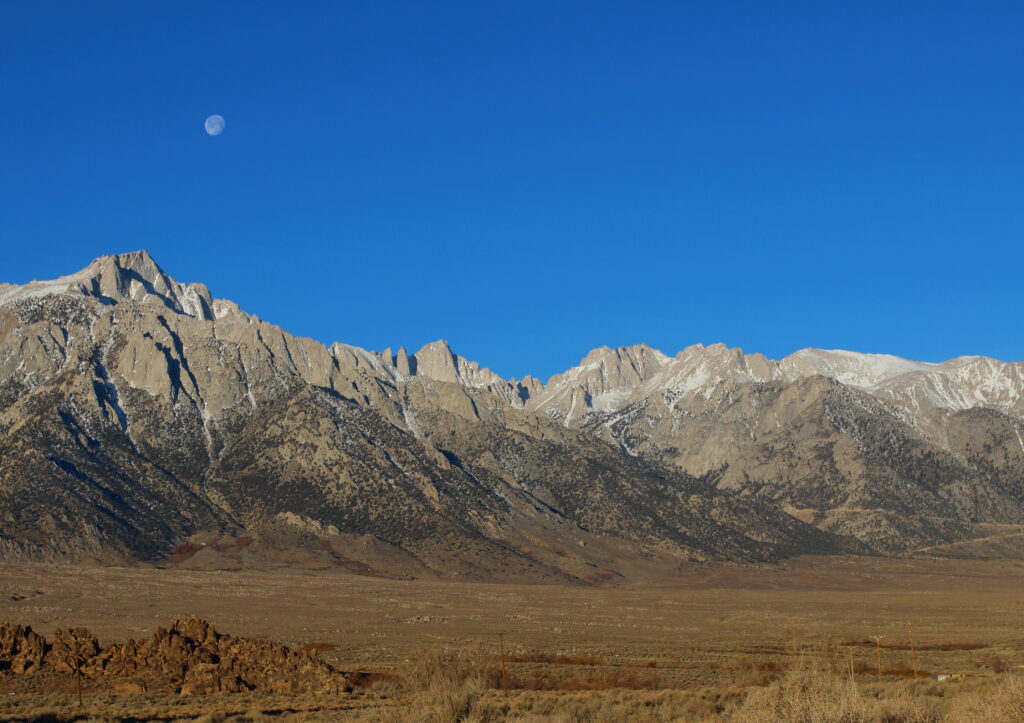
Moon setting over Lone Pine Peak, Mt. Whitney, and Thor Peak
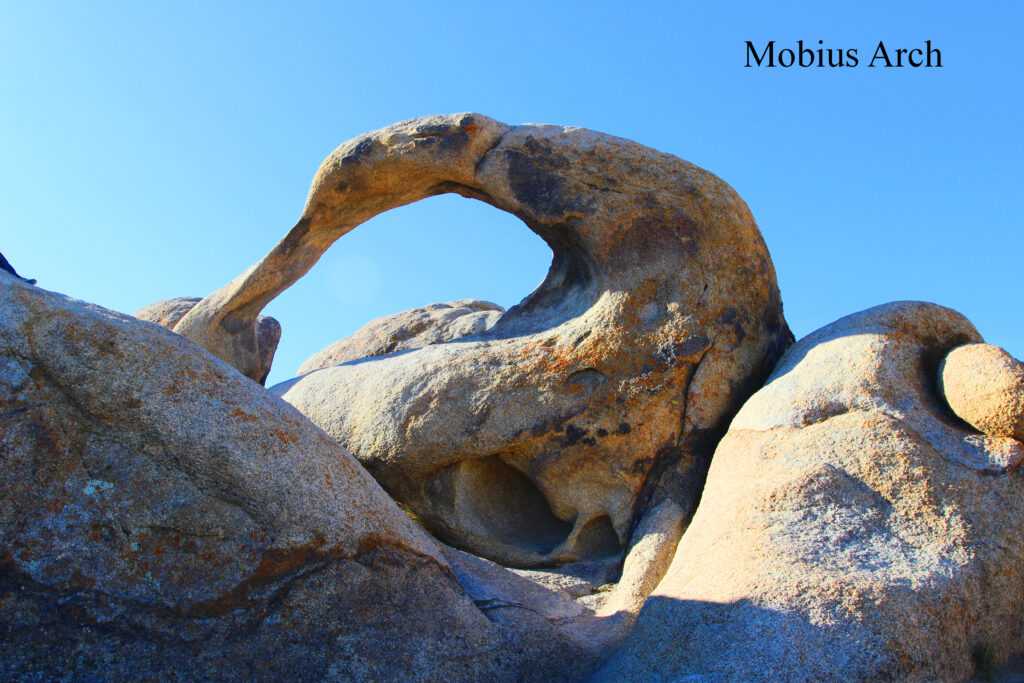
Mobius Arch
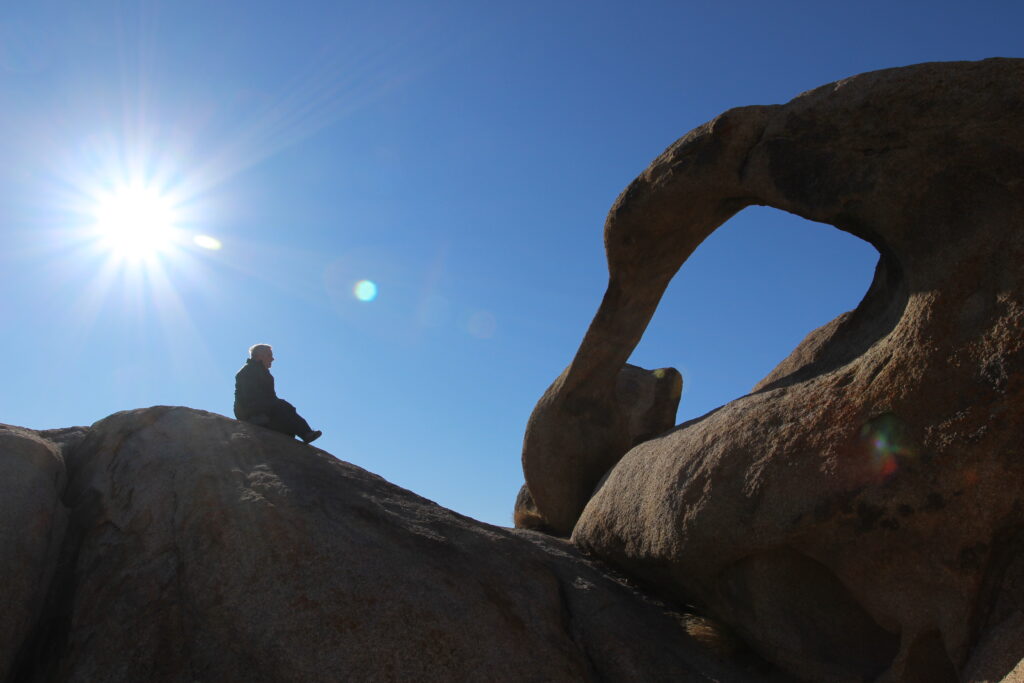
A photograph of a photographer contemplating photographing the arch

Mobius Arch framing Mt. Whitney
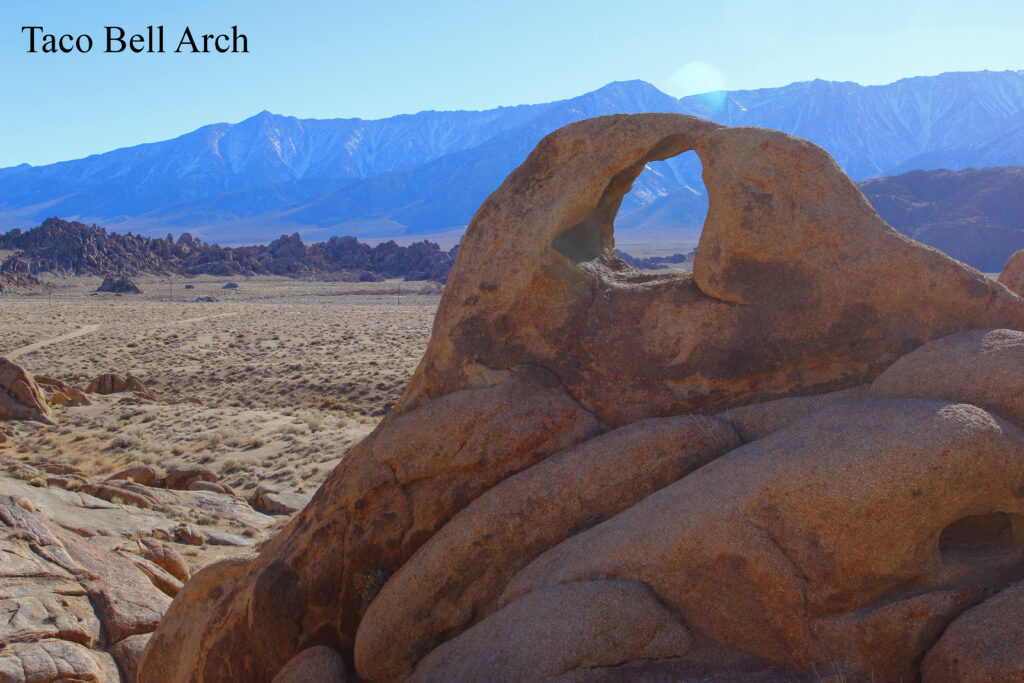
Taco Bell Arch

Unknown arch framing Joel
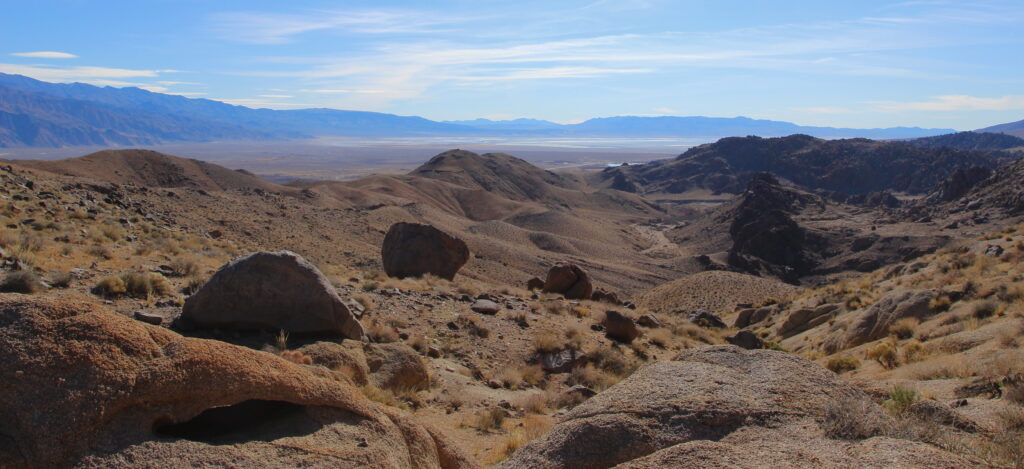
Lake Owen in the background
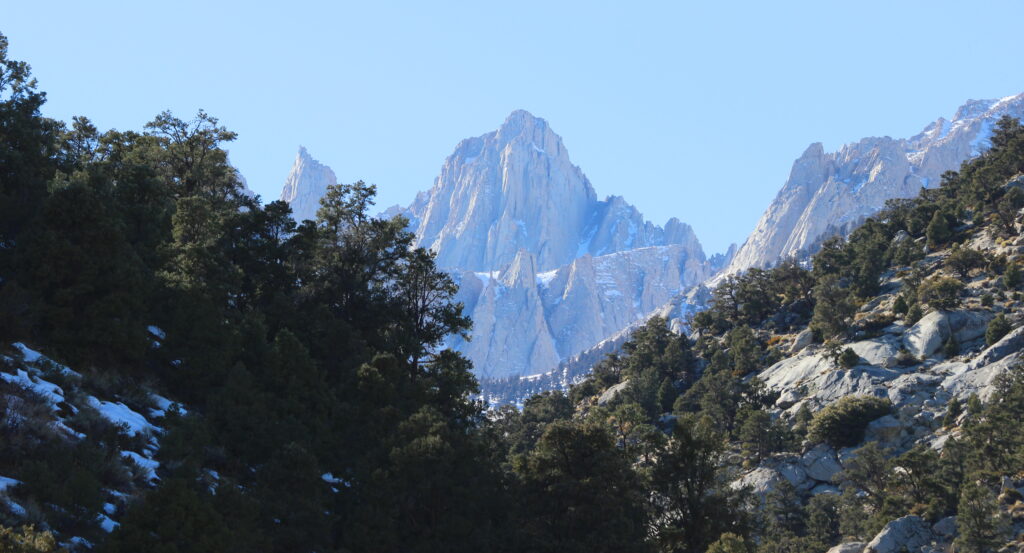
Ever imposing Mt. Whitney
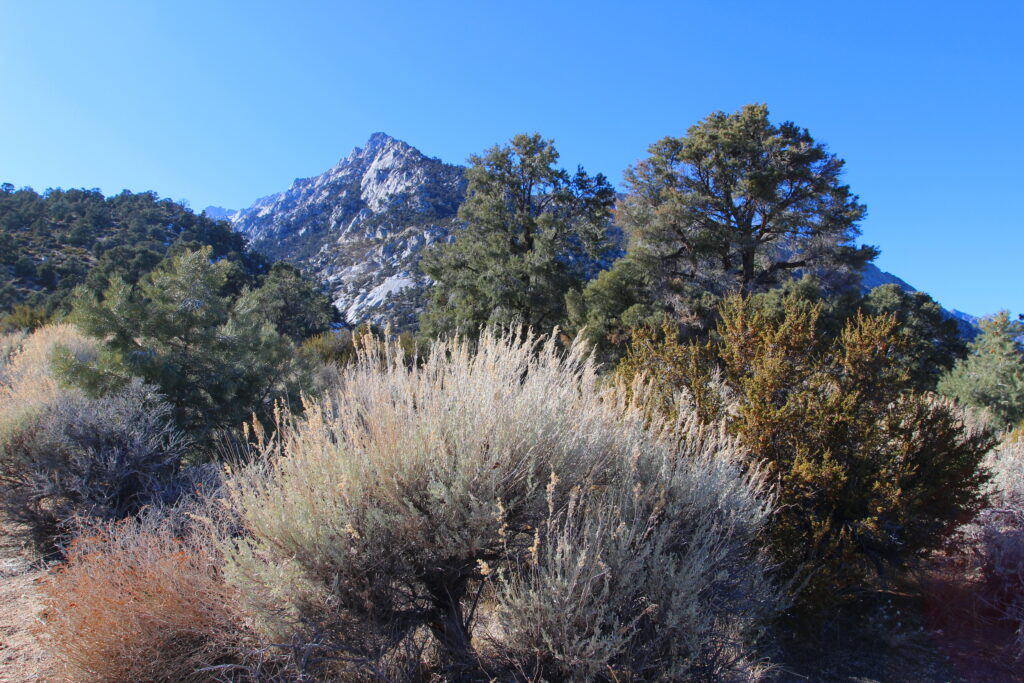
A lovely hiking trail runs along the base of Mt. Whitney and then eventually up the mountain
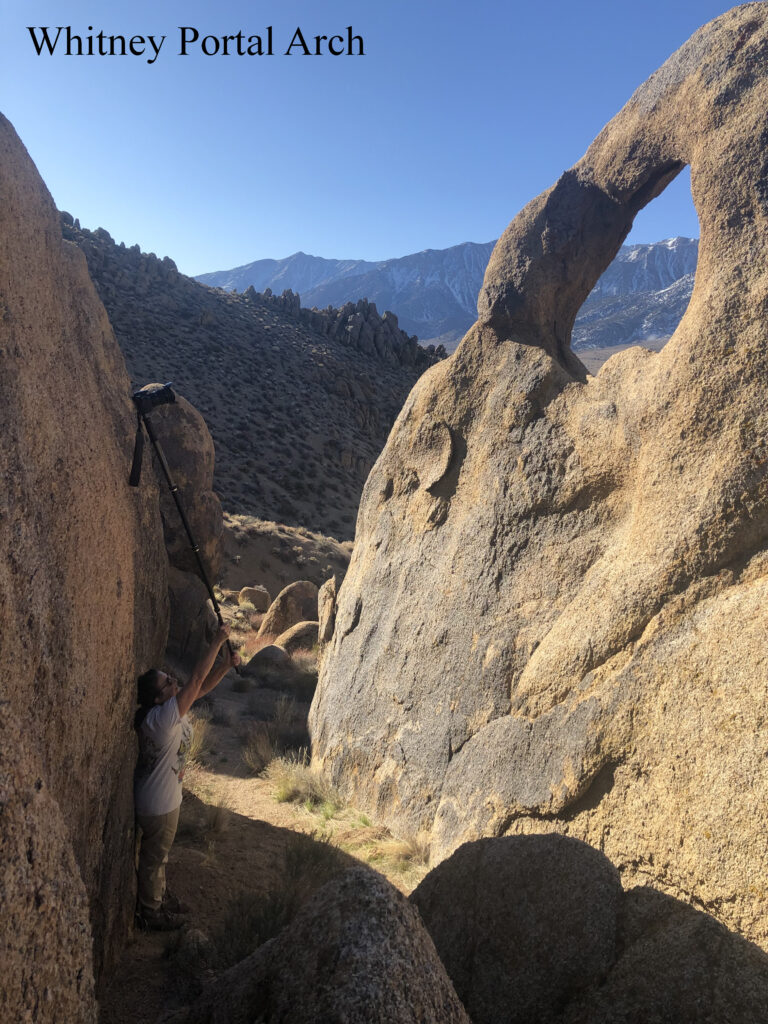
Whitney Portal Arch gives a beautiful view but you need to get the camera up to the arch.

The reward for successfully aiming the camera
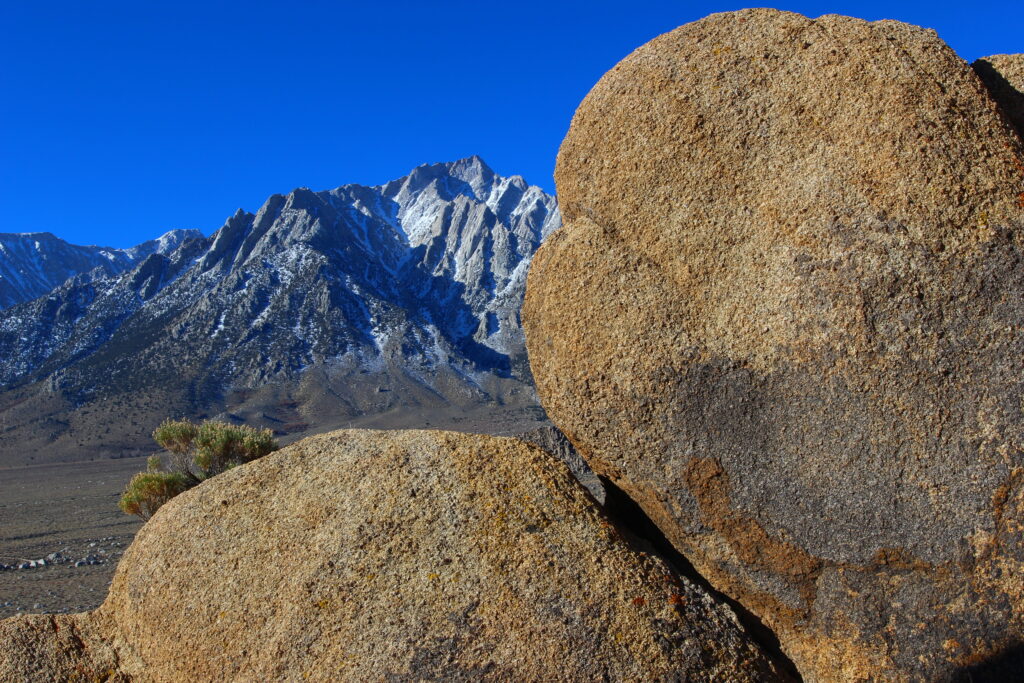
Mt. Whitney as framed by iconic Alabama Hills rocks
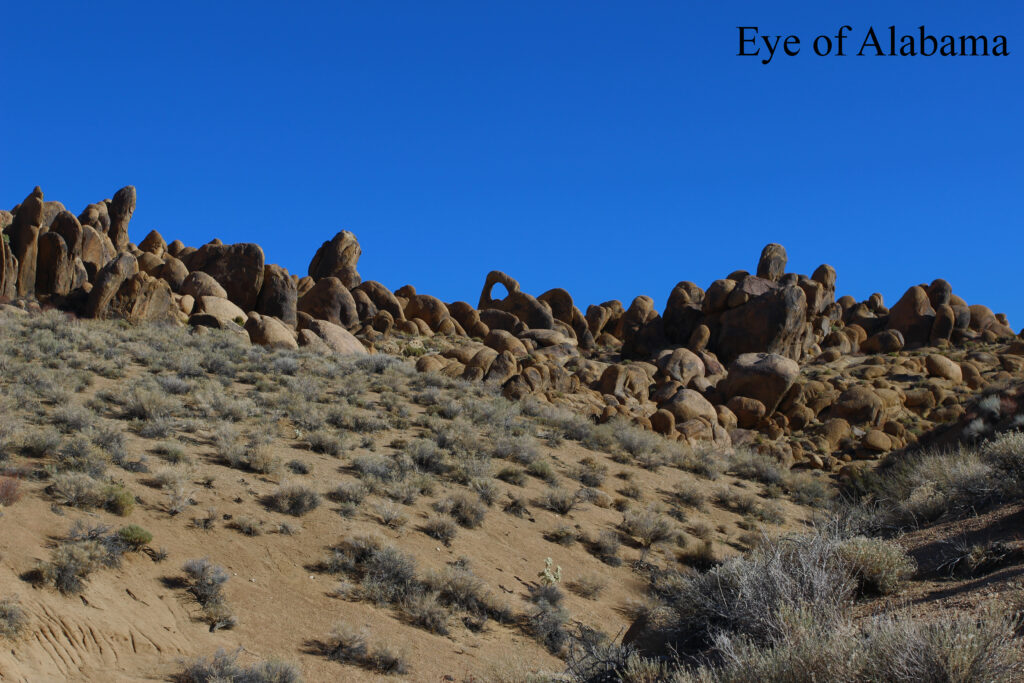
Eye of Alabama
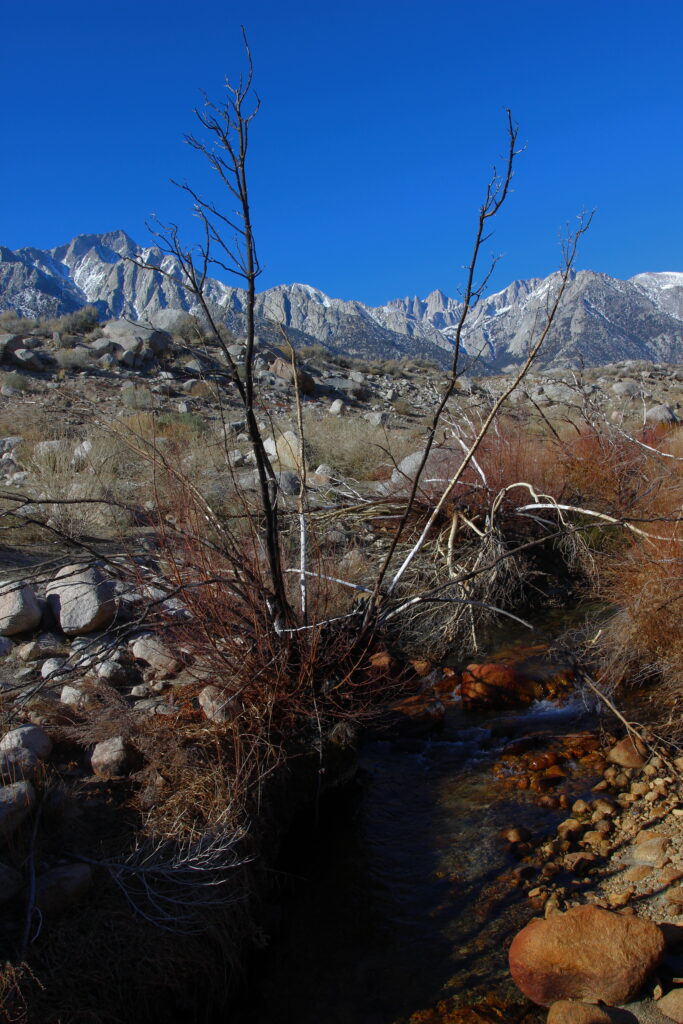
Another look of the three peaks, Mt. Whitney between the twigs
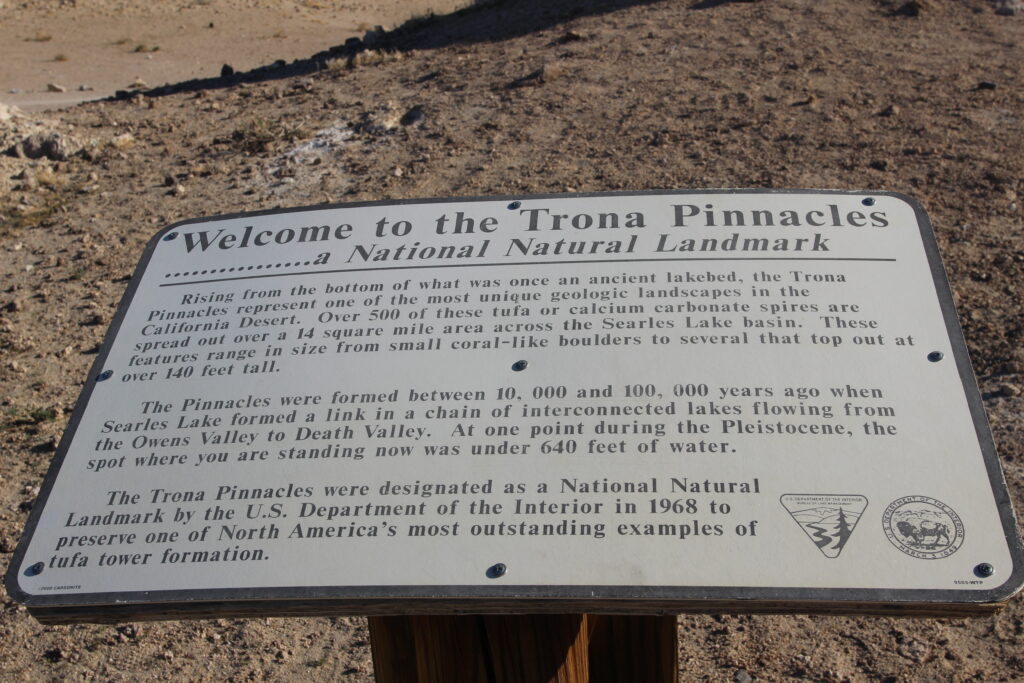
On to the Trona Pinnacles
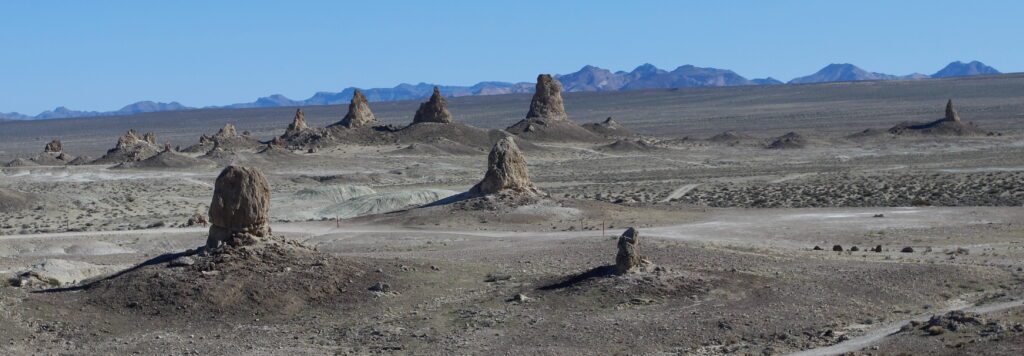
More than 500 tufa, a porous calcium carbonate rock, spires rise from the bed of the Searles Lake basin.
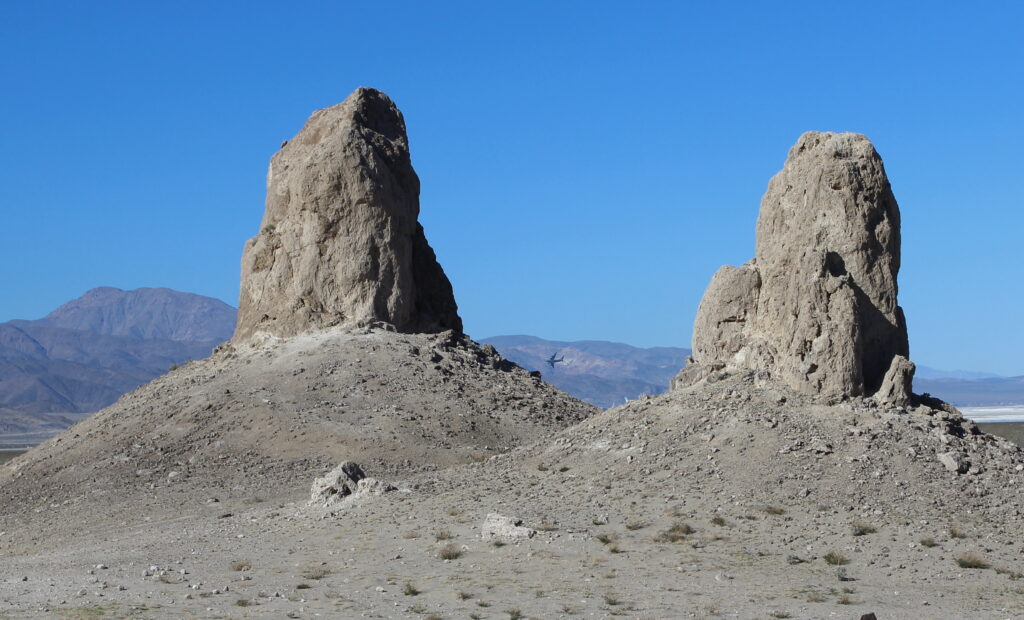
The military plane between the pinnacles gives an indication of the size of the pinnacles.
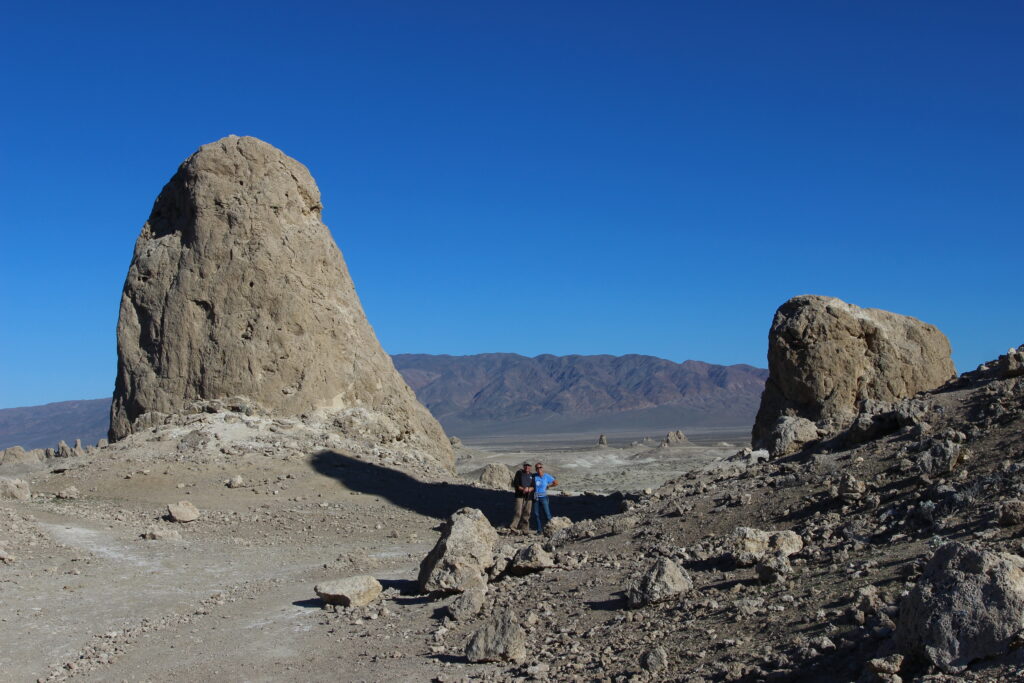
Another indication of the size of the pinnacles
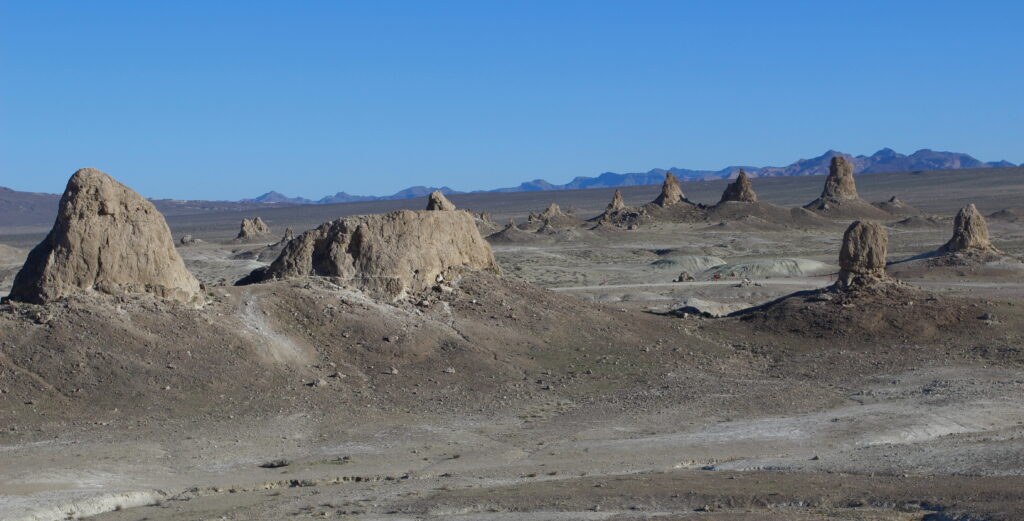
The area was a major supplier of borax.
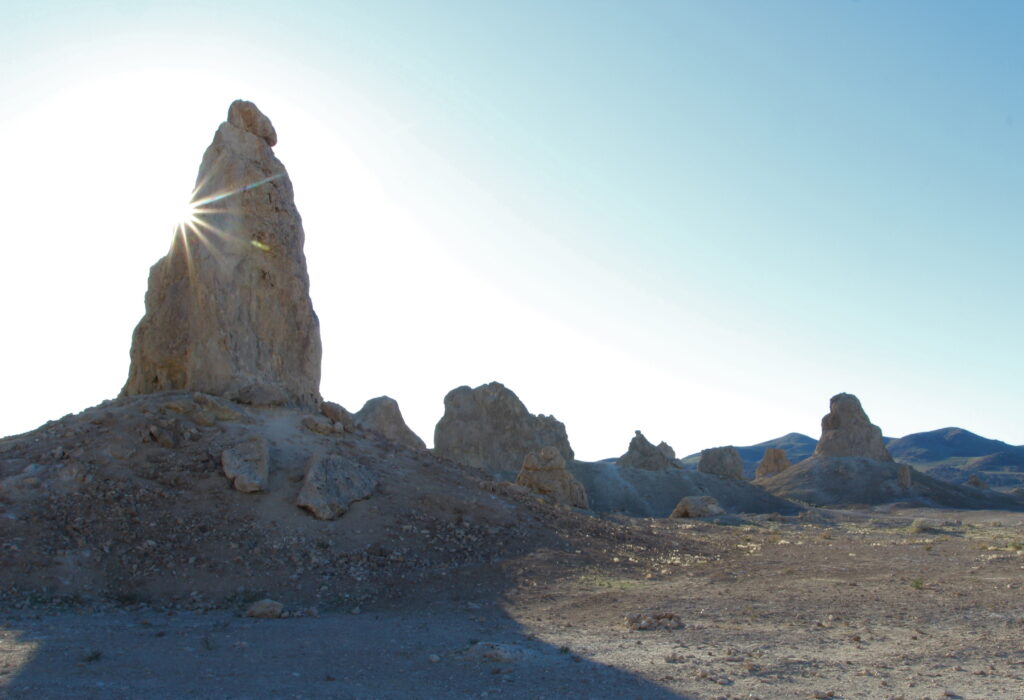
My first attempt at creating a starburst – thanks Rich.

The vastness is awe-inspiring.
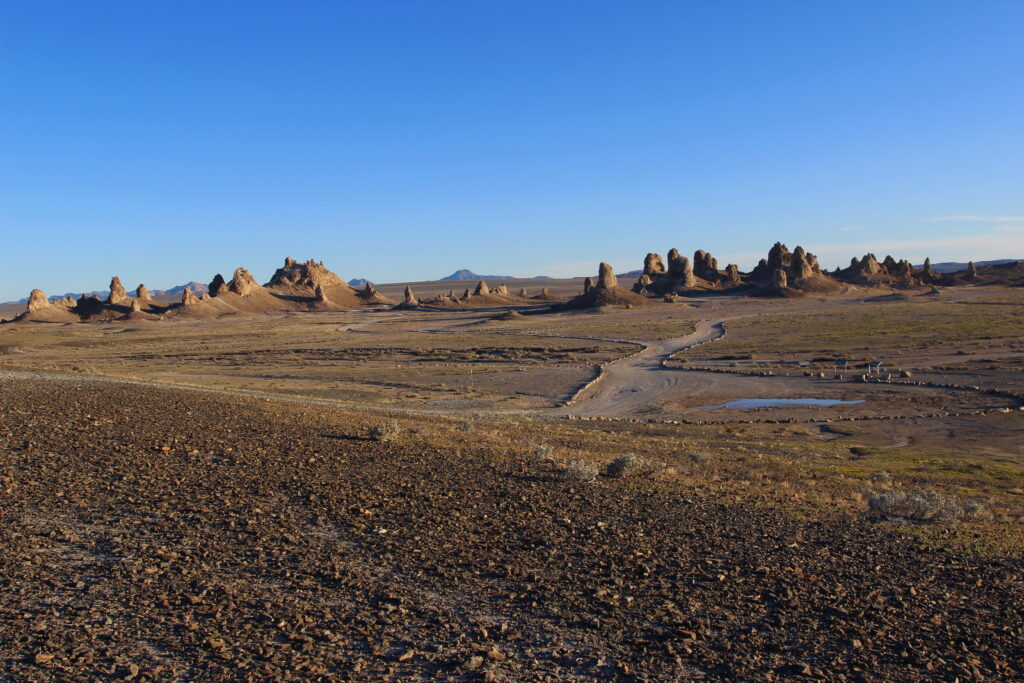
On to Death Valley
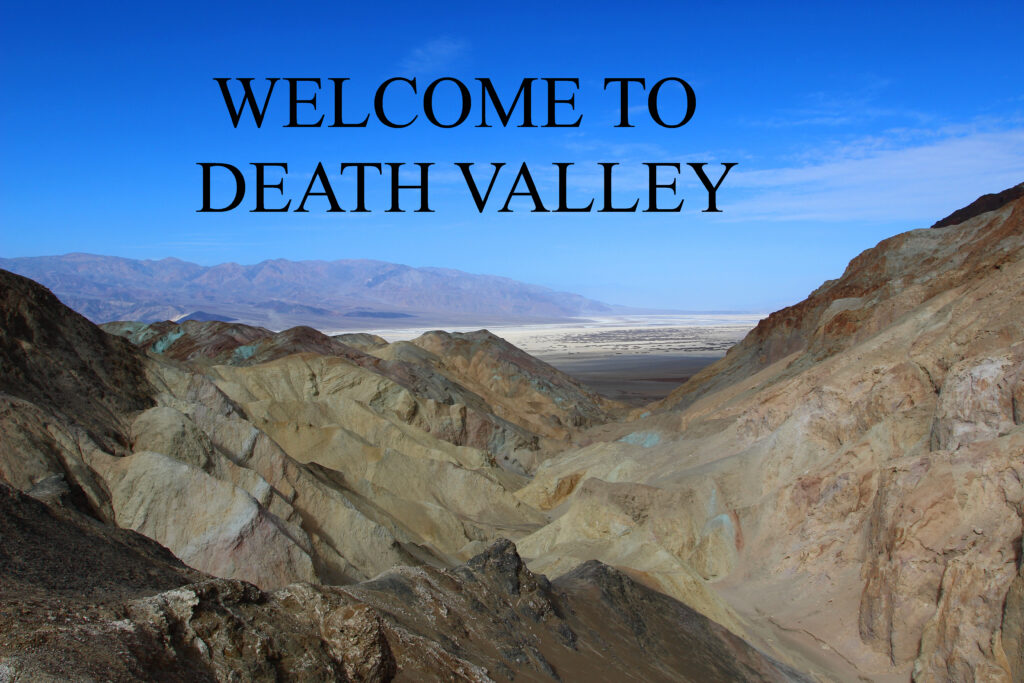
Death Valley has reached temperatures of 130 degrees. Good thing we were there in winter.
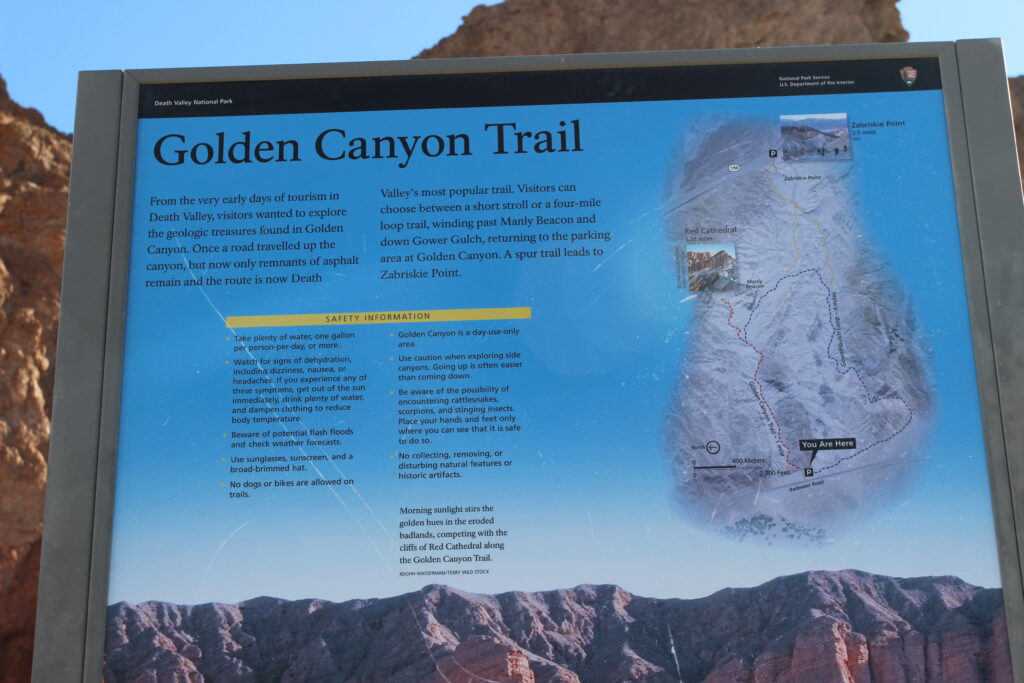
Golden Canyon was one of the first and is one of the most iconic trails of Death Valley.
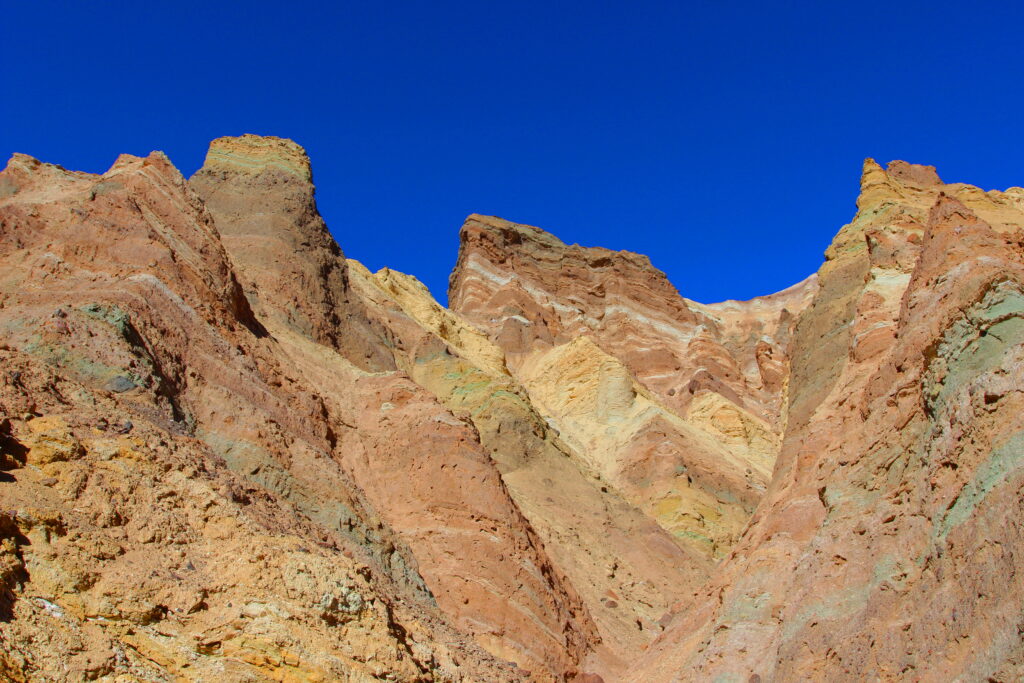
Obvious reason it is called Golden Canyon
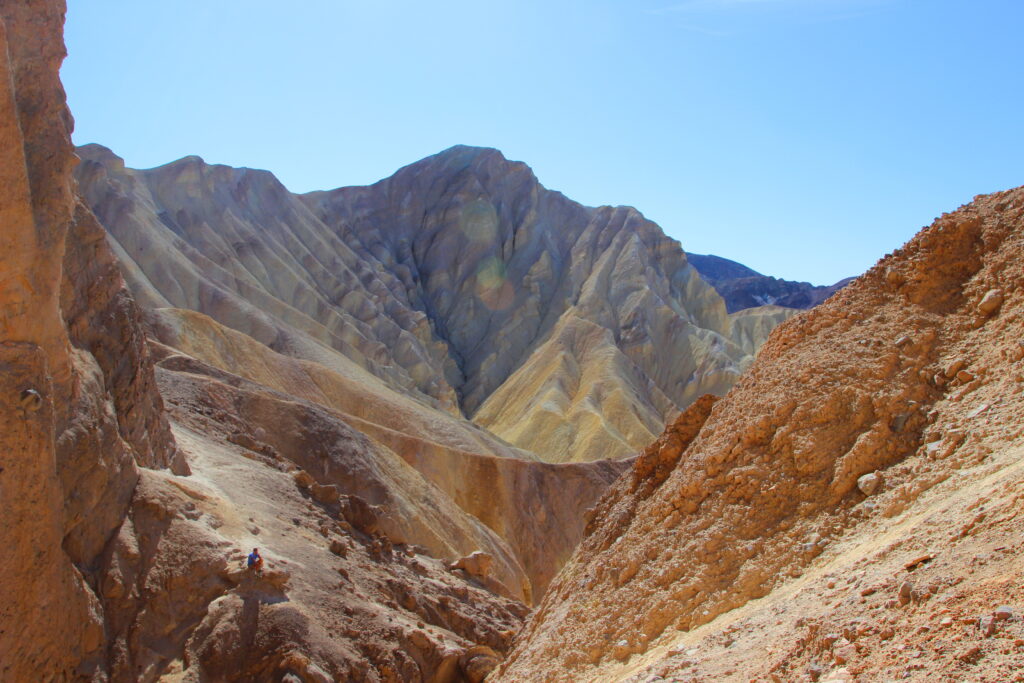
Multitude of colors caused by a multitude of minerals
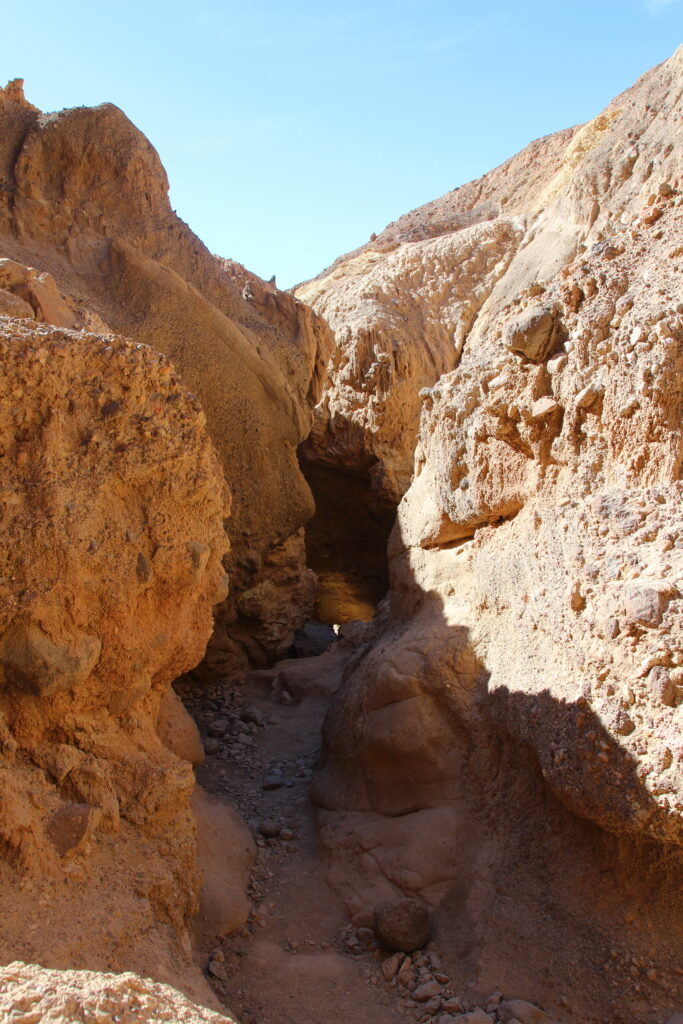
Home of the Jawas in Star Wars

Zabriskie Point, a popular overview spot

Layers of ancient sea bed are evident.

Beautiful spot for the setting sun

Titan Canyon can still be driven, if your 4 wheel drive is good enough.

Challenging trail

Titus Canyon is the largest ravine to cut through the Grapevine Mountains.
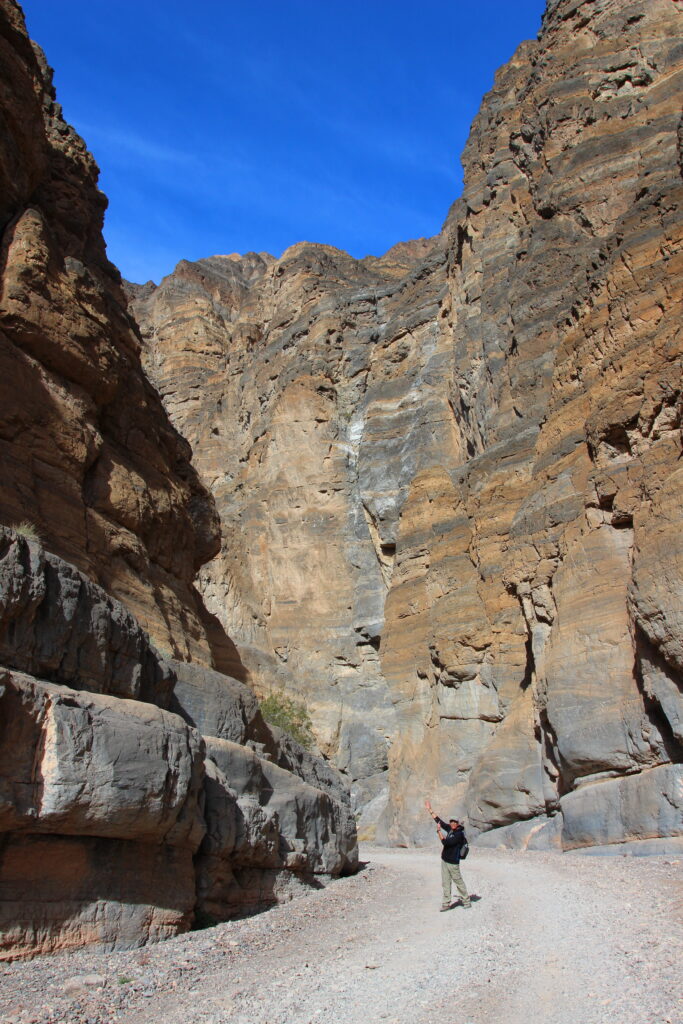
A perspective of the size of the canyon walls
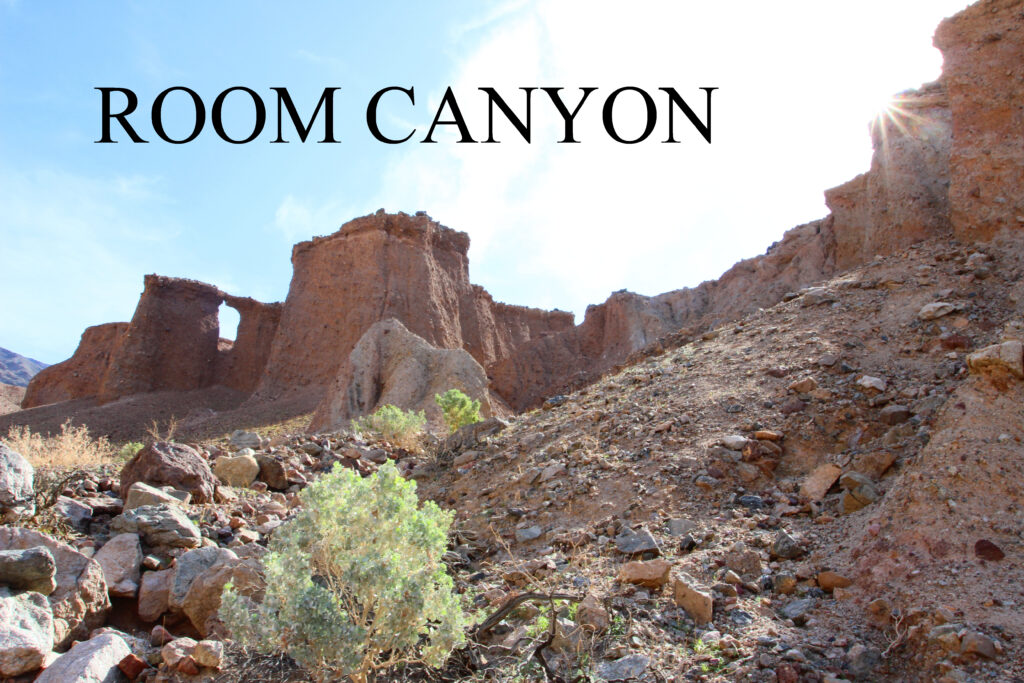
The hike to Room Canyon demonstrates rock formations much different from other areas of Death Valley.
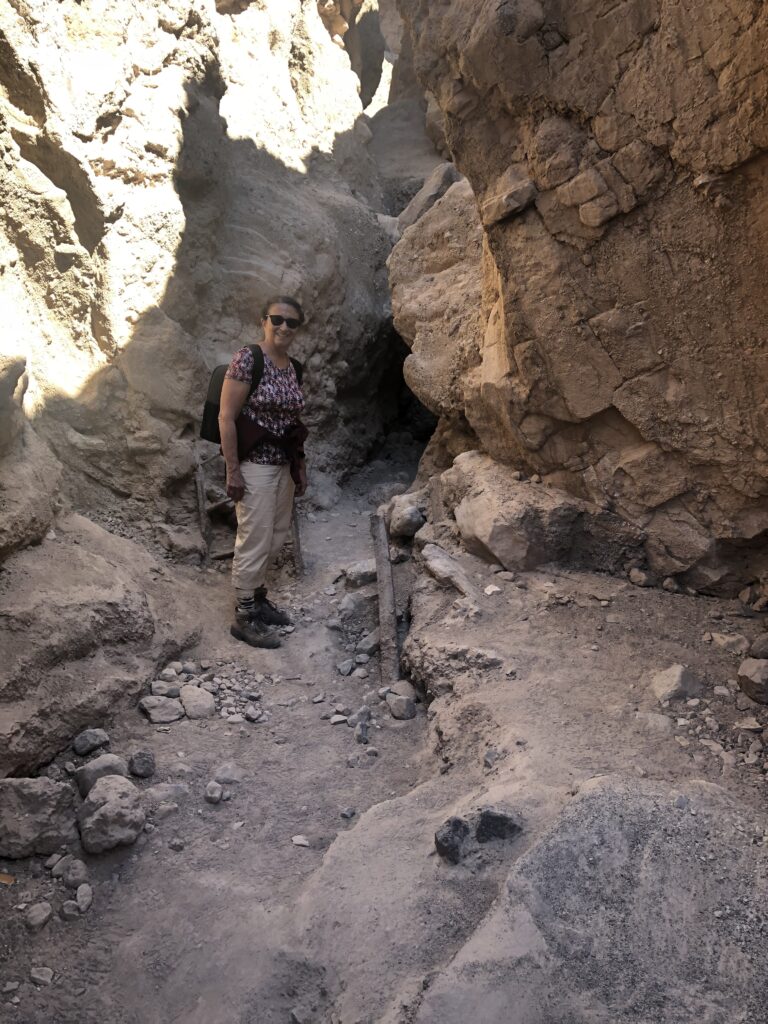
The trail becomes very narrow.
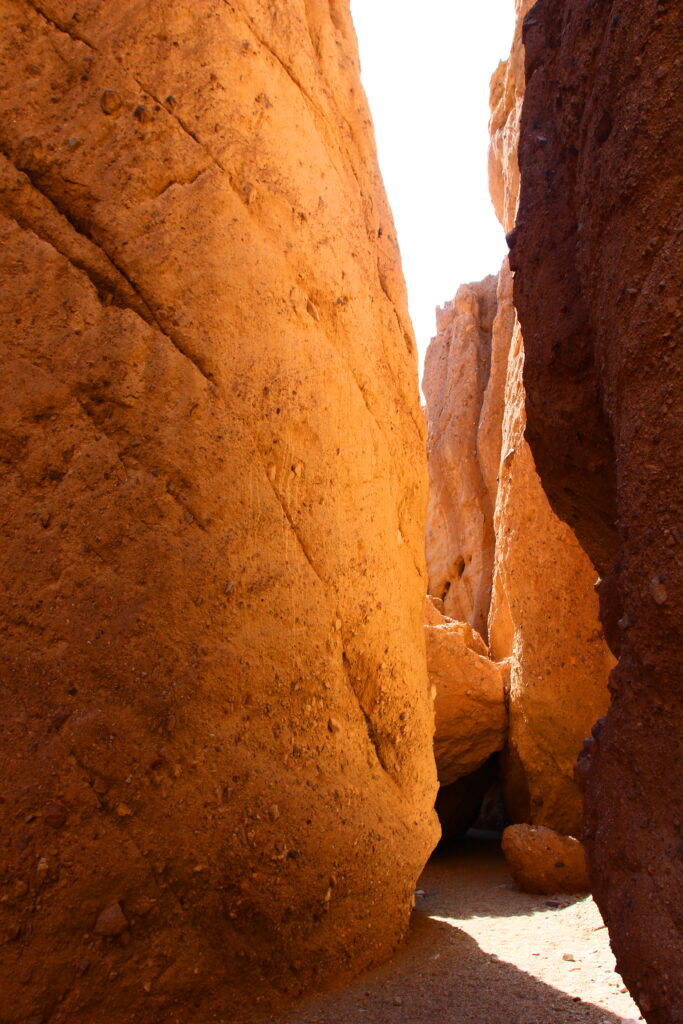
Also a beautiful slot canyon
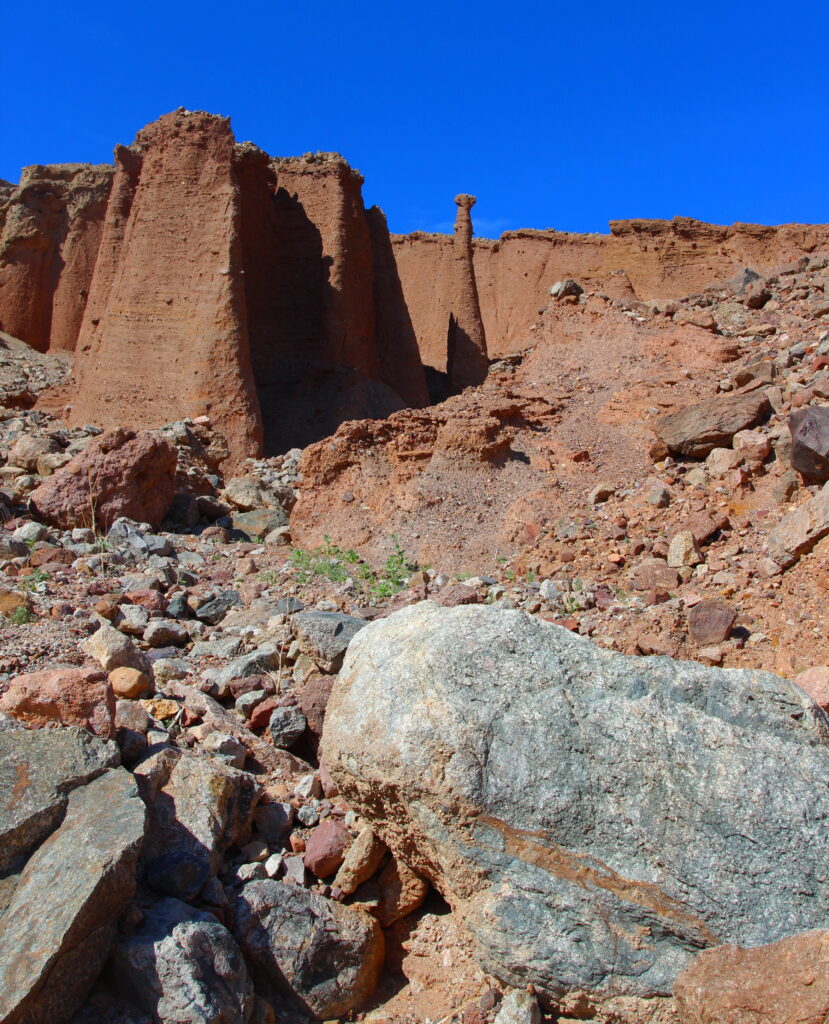
Room Canyon Trail contains the highest pinnacle in Death Valley.
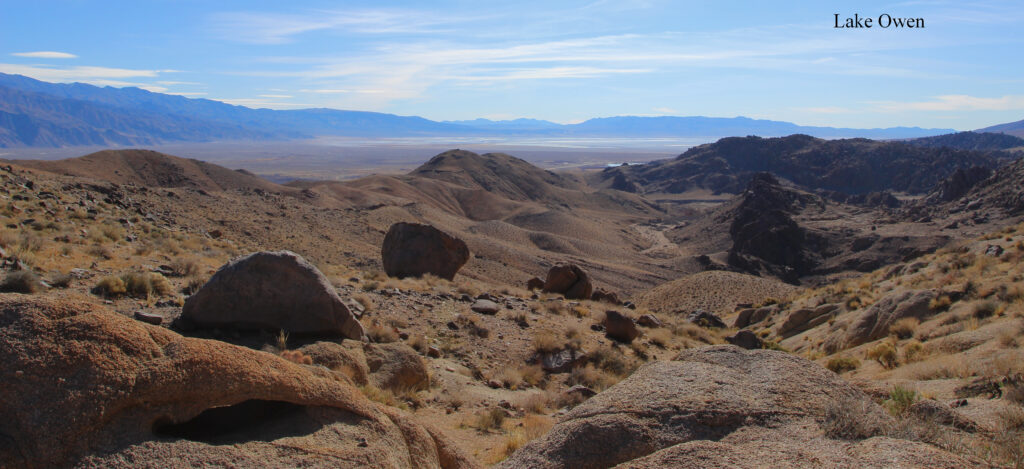
Looking out on Lake Owen

The Salt Flats are the lowest point in North America.


Salt crystals form geometric patterns which erode and reform constantly.
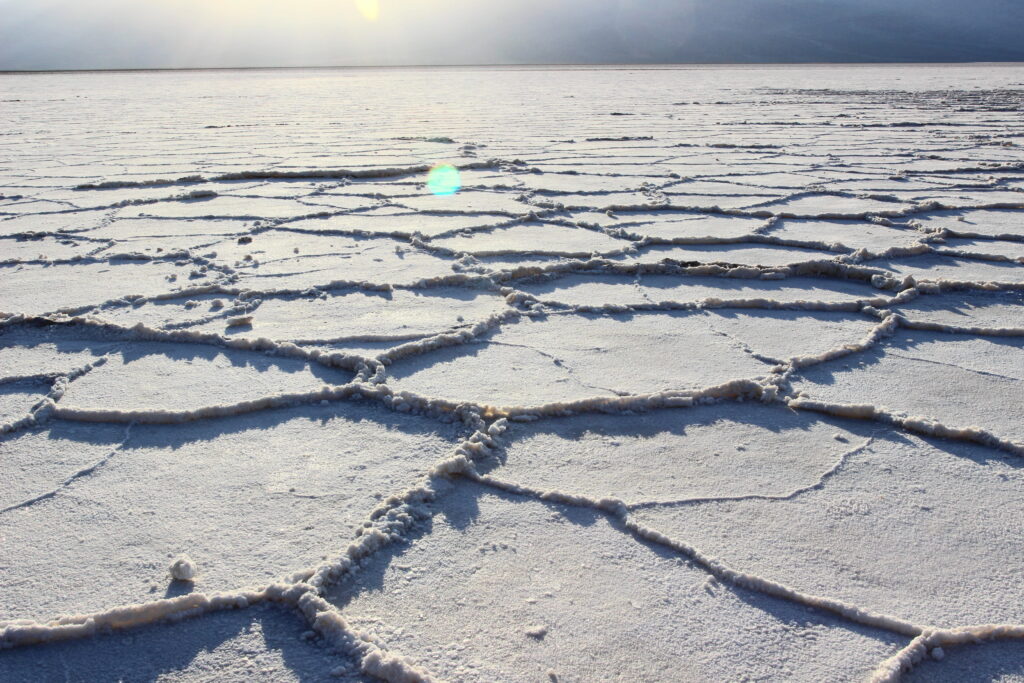
Setting sun shadows accent the geometry.
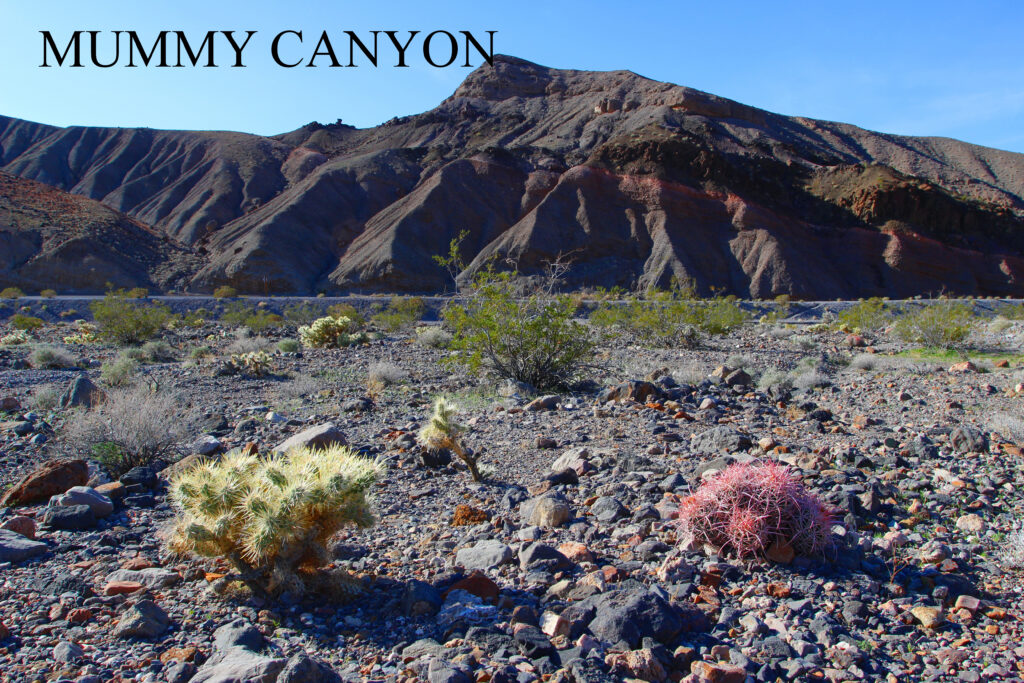
A cactus field leads into Mummy Canyon.
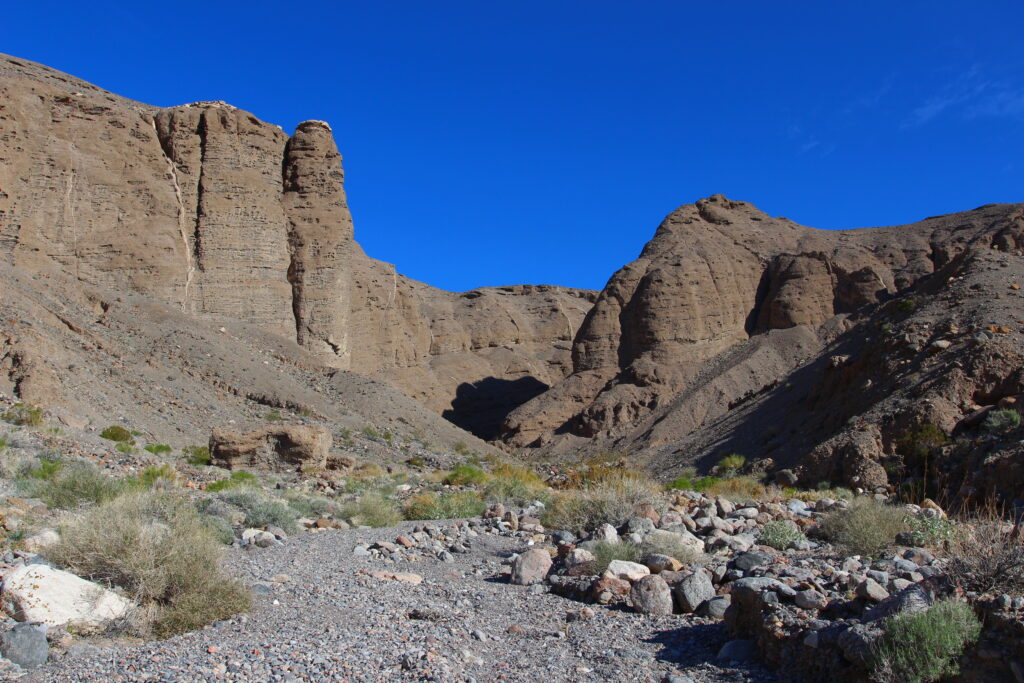
Entrance is marked by a sphinx that looks like it dropped its head.
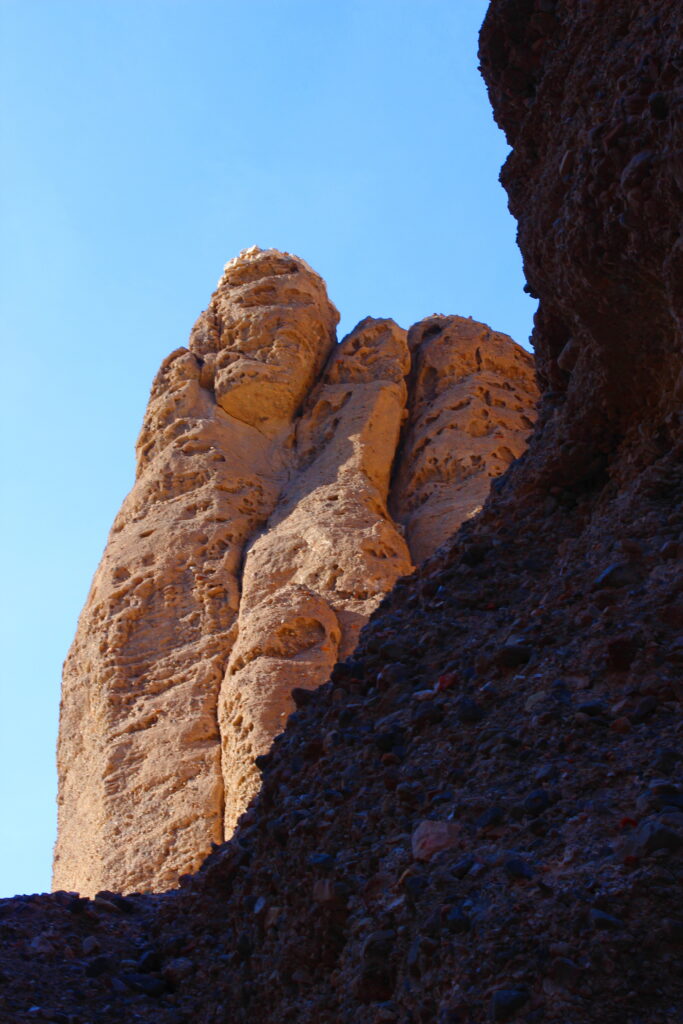
The mummy is multiple stories tall.
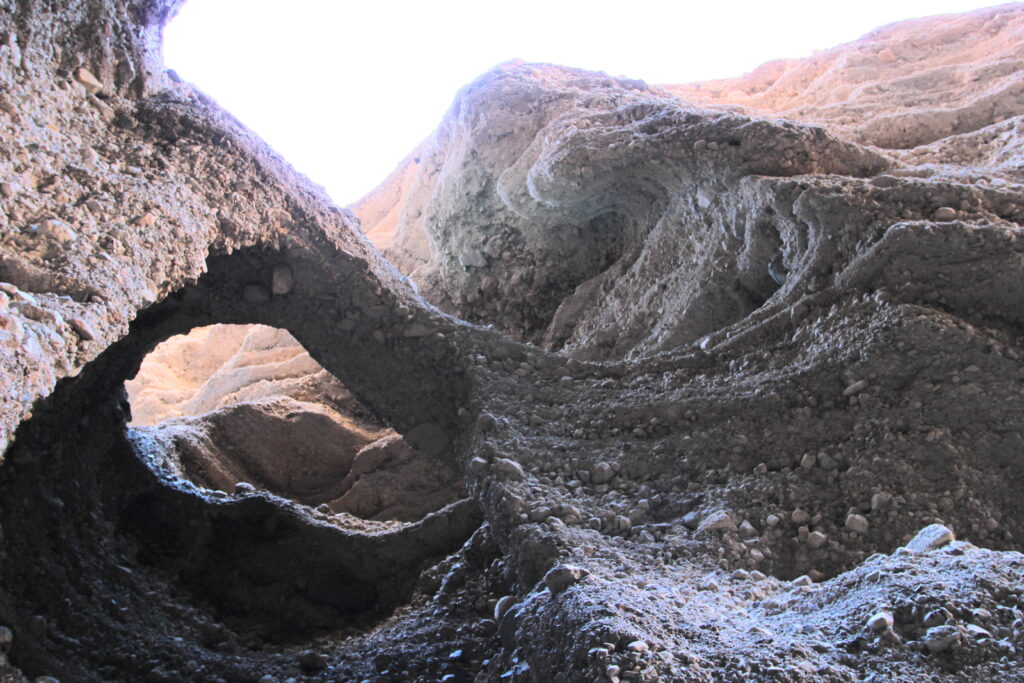
Looking straight up at Jensen’s Bridge

Surprising to see a waterfall in Death Valley
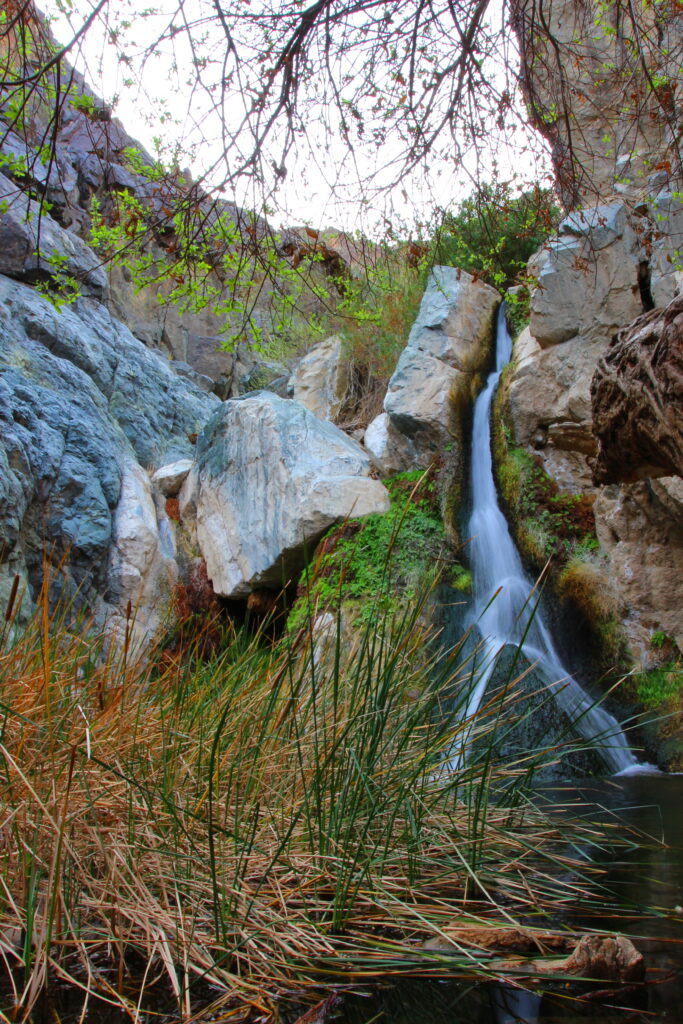
This unusual falls is underground spring fed.

Green colored rocks line the Darwin Falls Trail.
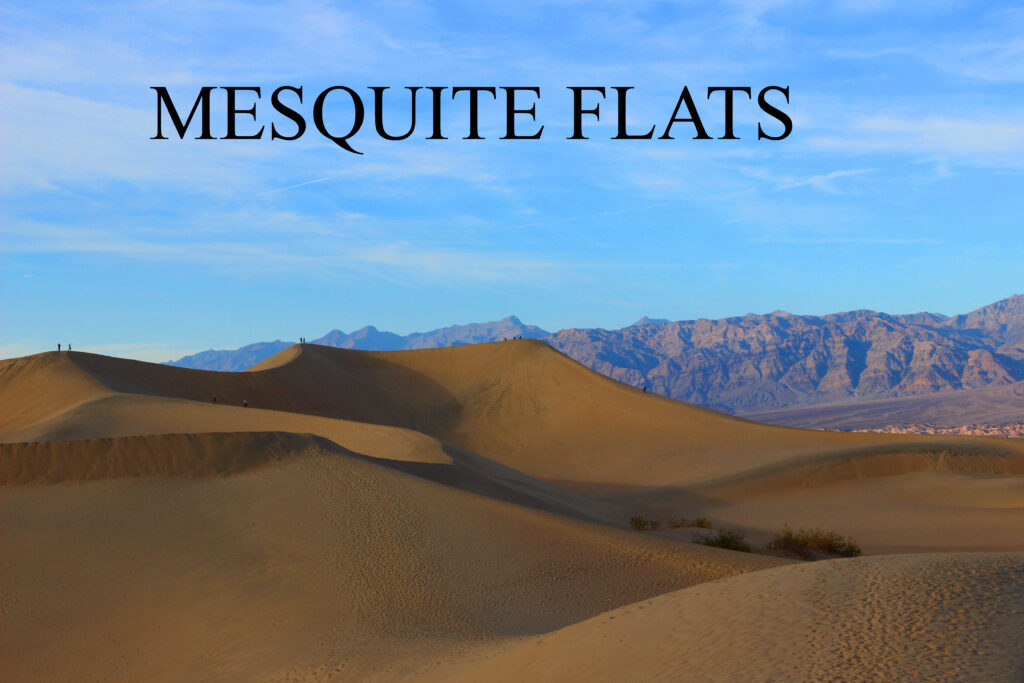
The sand dunes of Tatooine
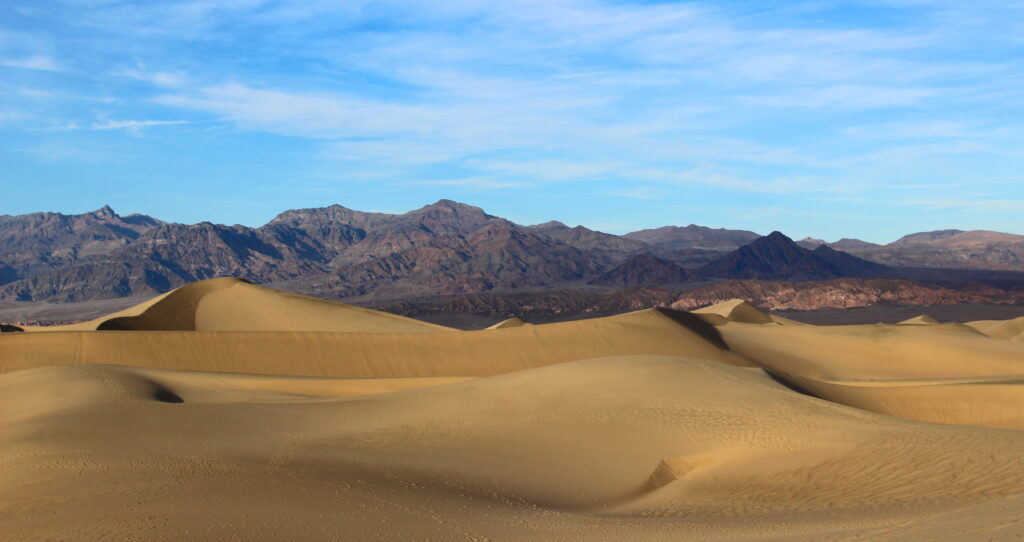
Largest dunes of Death Valley
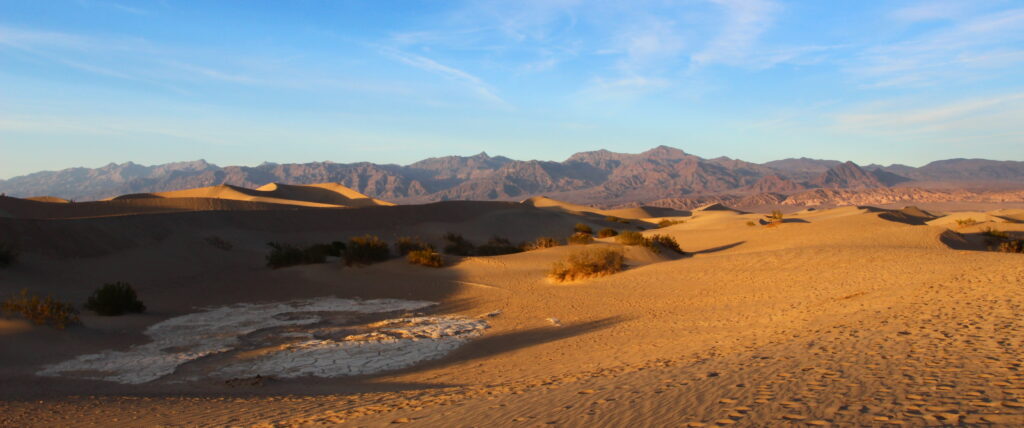
Polygon cracked clay of an ancient lakebed forms the floor of the dunes.
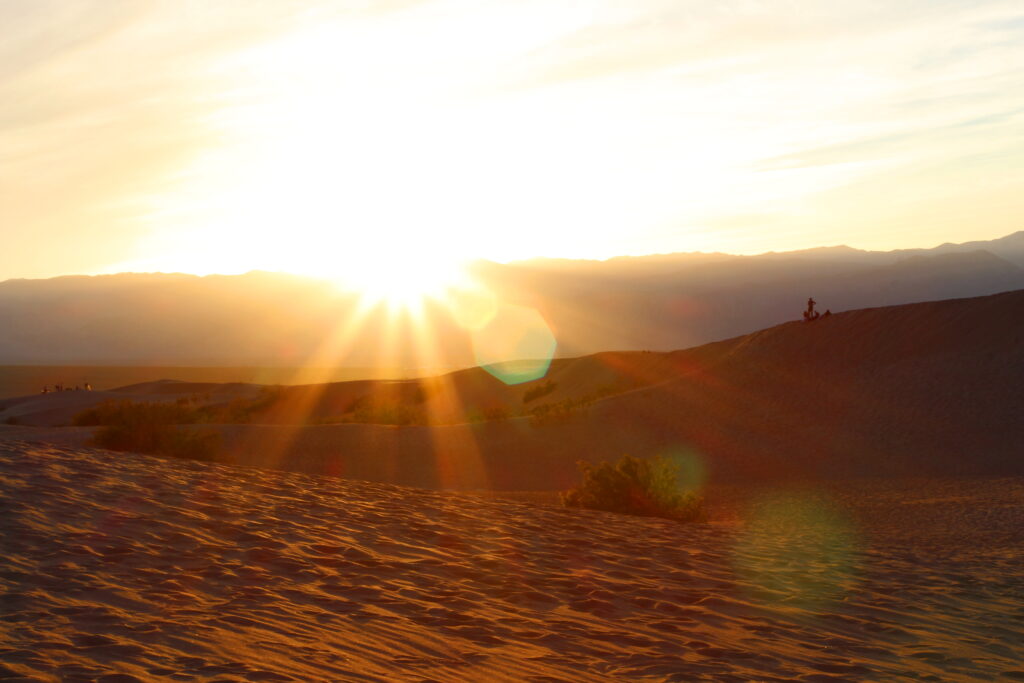
Another beautiful sunset
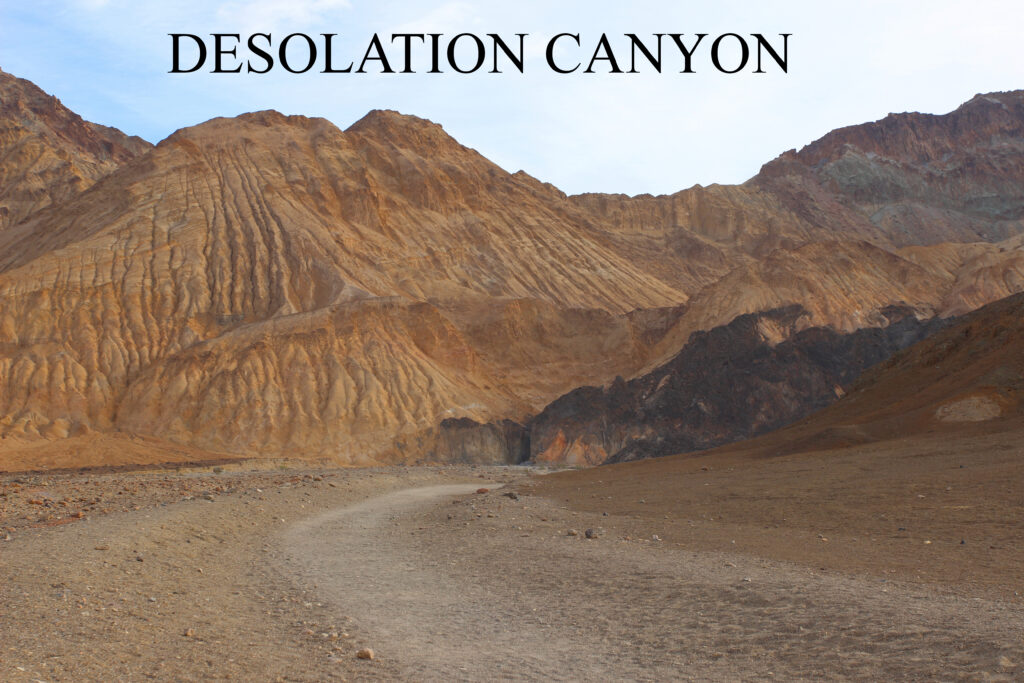
An appropriately named canyon, but magnificent
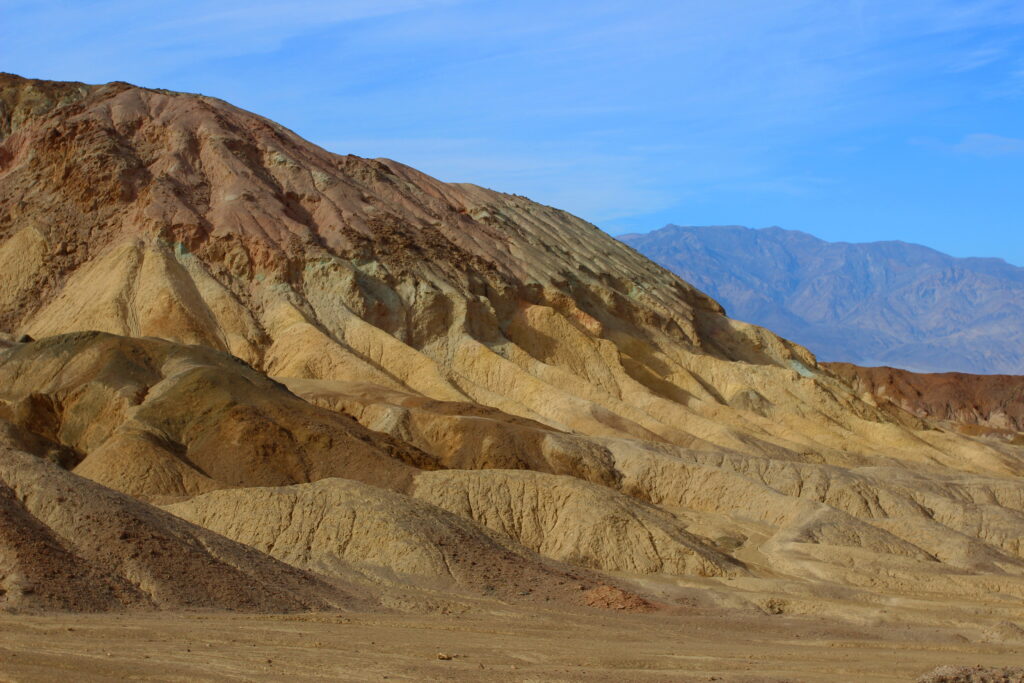
Alluvial fans mark the entire area of Death Valley.
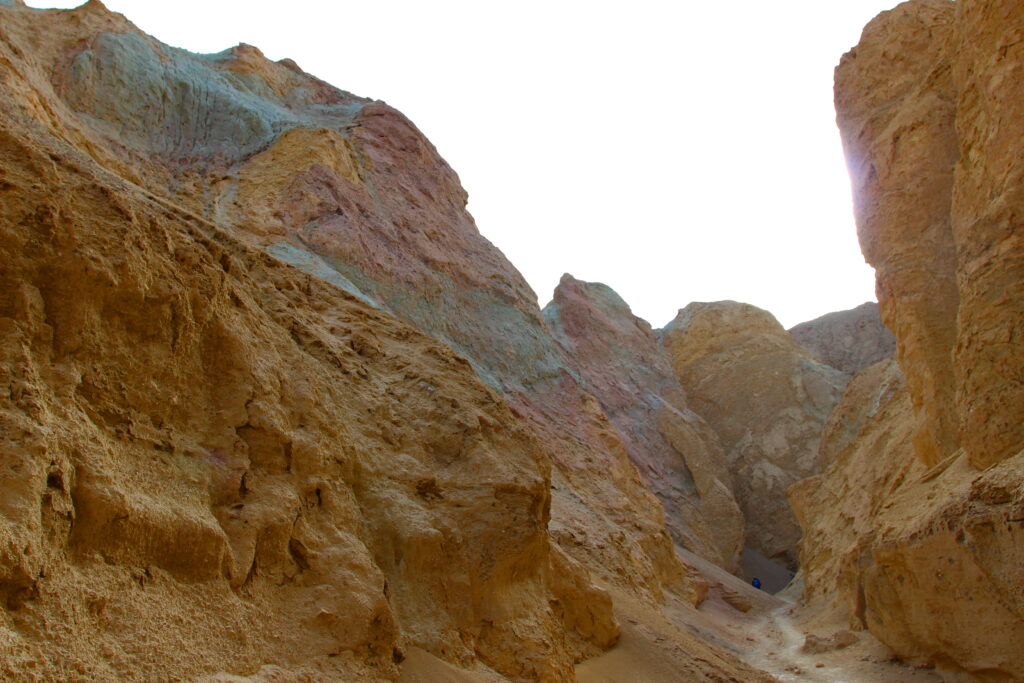
Layers of colors are indications of the geologic formation.
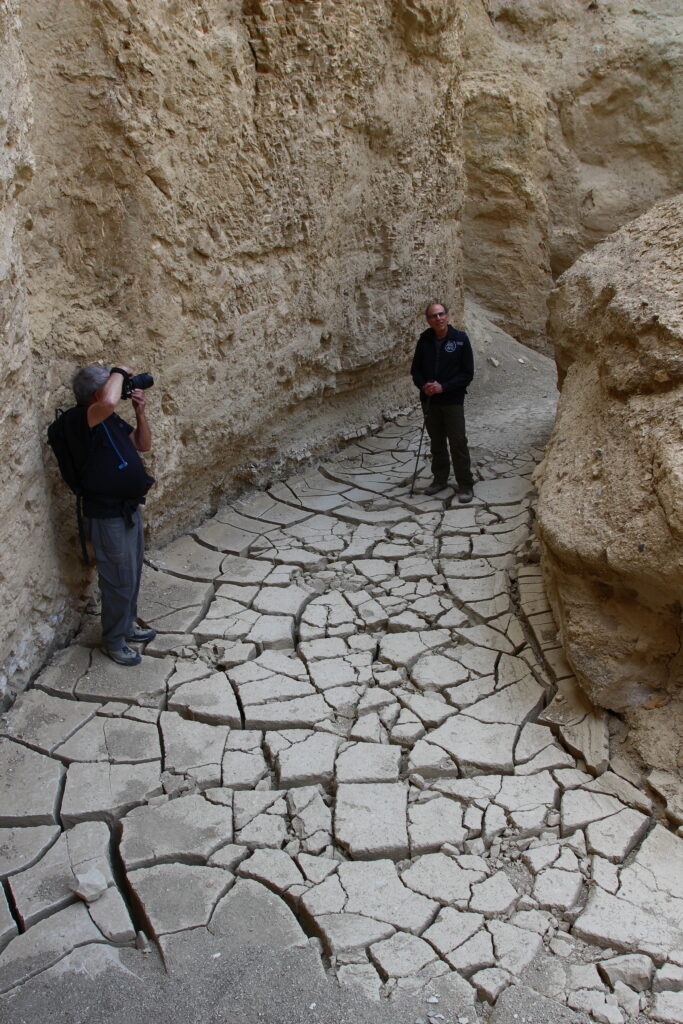
Evidence of flash flooding – cracked clay bottom, polished lower walls
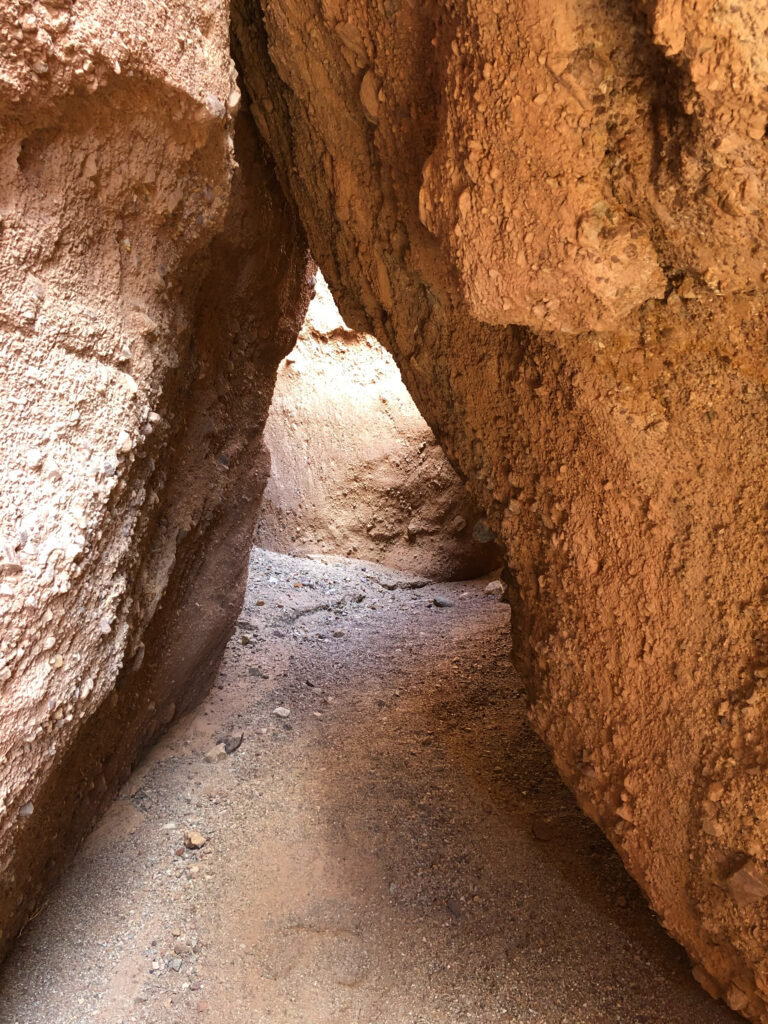
Trail goes through narrow slot canyons …
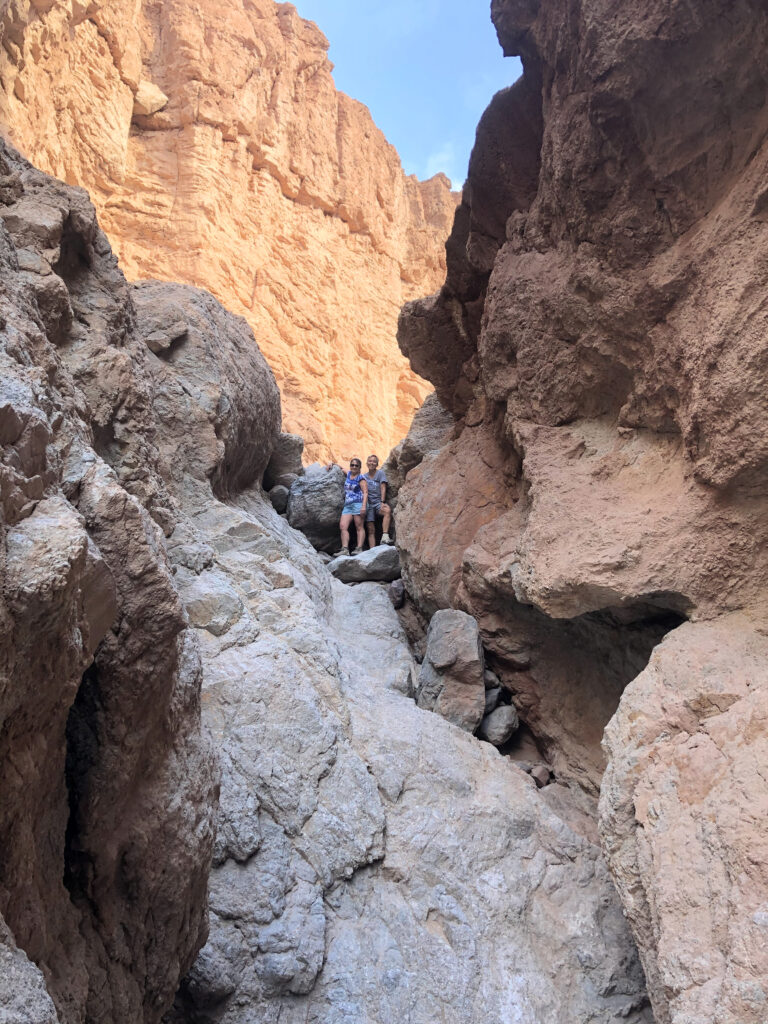
… and up rock walls.
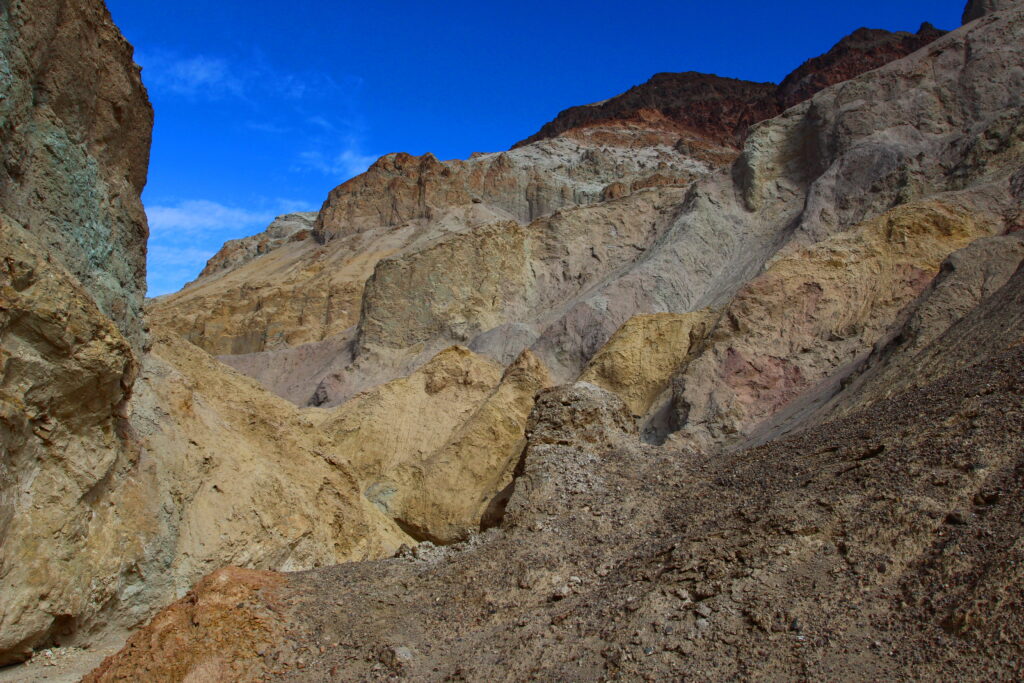
Unexpected beauty in one of the most desolate places in the world
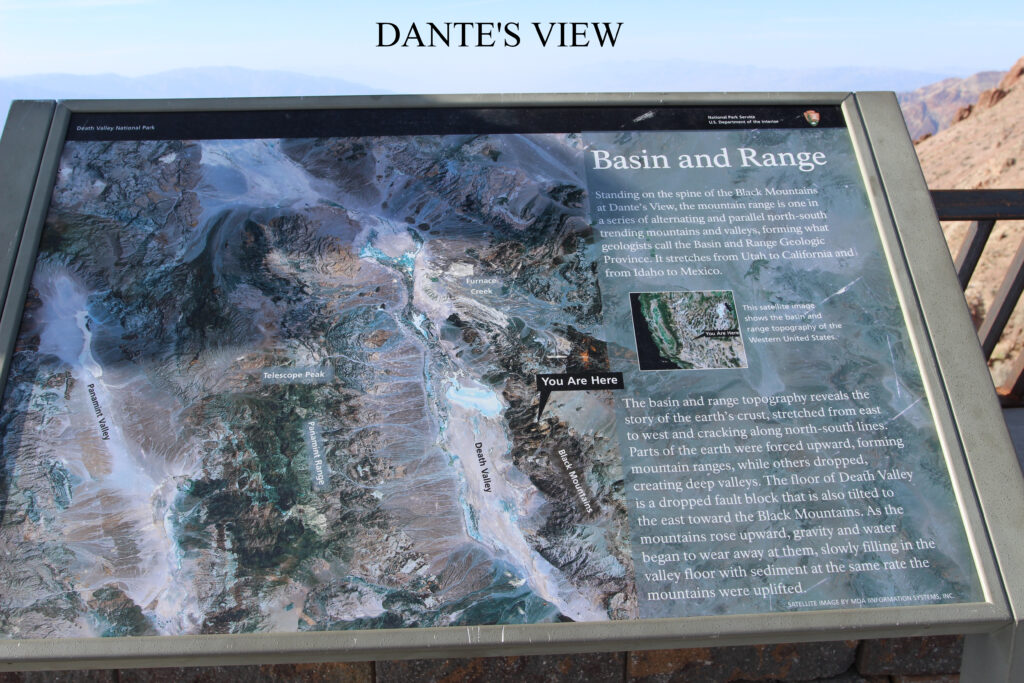
Iconic overlook
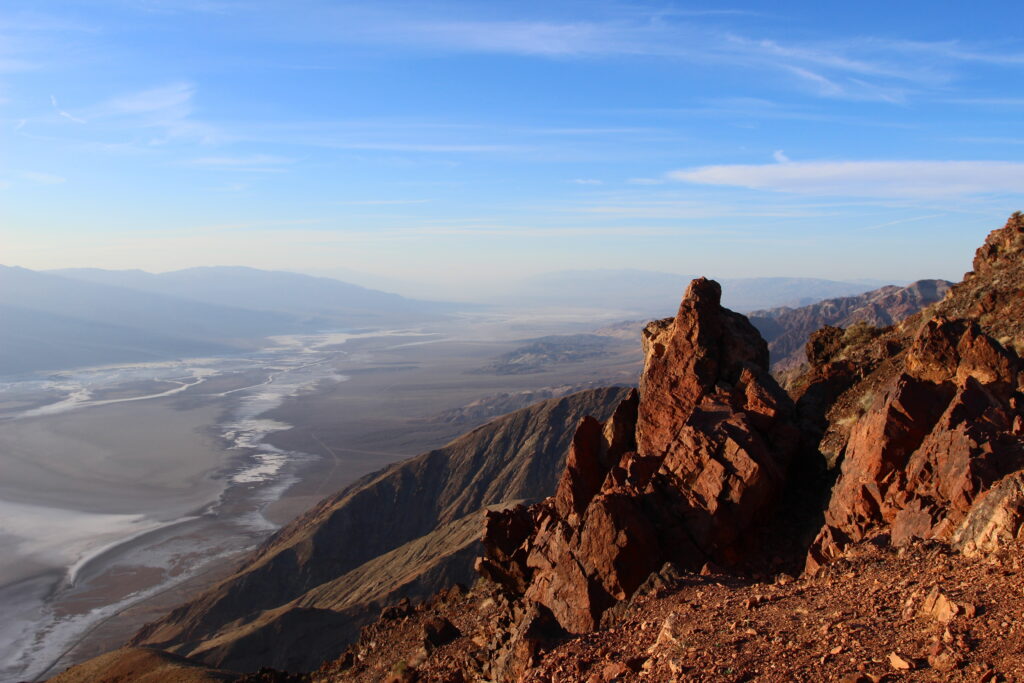
View of the vastness of the valley, the largest national park other than in Alaska
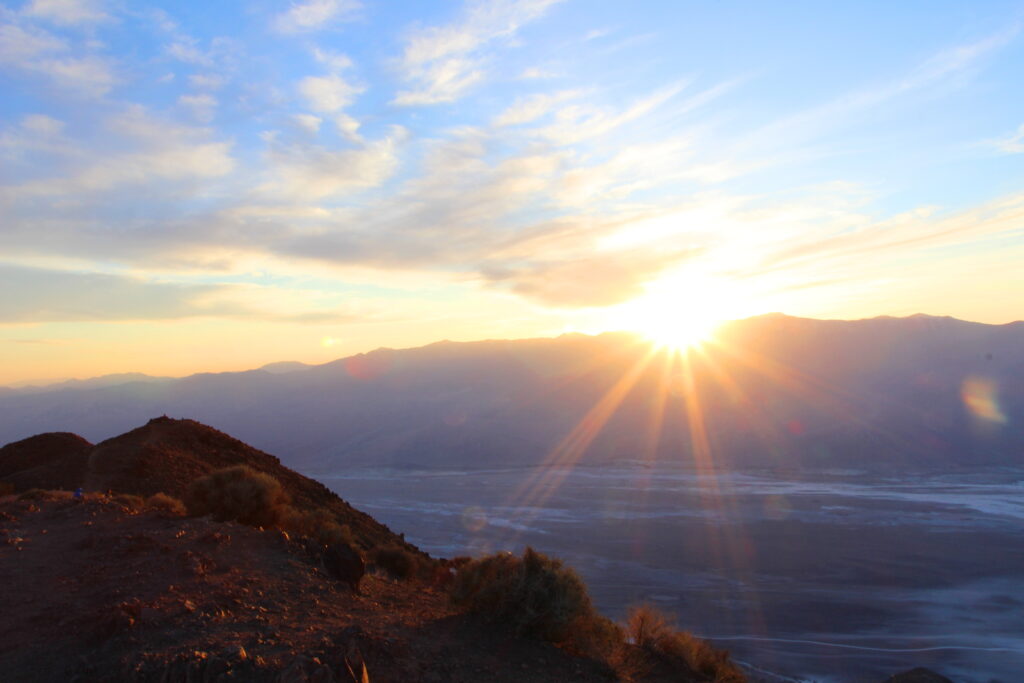
The sun sets on our visit to Death Valley area.